|
With over 20 grape varieties grown in Chile, the Carménère grape has become Chile’s “signature” grape. Carménère is a member of the Cabernet family and was originally planted in the Medoc region of Bordeaux, France. It is considered part of the original six grapes of Bordeaux. The name Carménère is derived from the French word crimson. It was thought to be extinct after the European phylloxera outbreaks in the 19th century. However, the grape was rediscovered in Chile in the 1990s. Chile now has the largest area of planted Carménère in the world. Today, Carménère grows chiefly in the Colchagua Valley, Rapel Valley, and Maipo Province of Chile and produces the majority of Carménère wines. Carménère is known for its deep red color with fruit-driven blackberry, cherry and spice flavors. Here is a sampling of six noteworthy wines. In Situ Reserva Carménère 2021 José Vincente founded In Situ Family Vineyards in 1974. After growing grapes for 20 years, he and his son Horacio decided to build a winery and produce high-quality wines in the Aconcagua Valley. The winery is located in San Esteban, Region V, Chile. The Upper Aconcagua terroirs are well-suited to wine growing with a unique combination of soil, light, and water. This wine is 95% Carménère and 5% Cabernet Sauvignon, handpicked from two vineyards. One is located on the slopes of Paidahuen hill (3,000 feet above sea level); the other vineyard is on the riverbanks of the Aconcagua River. The wine is aged in 50% French and 50% American 225-litre oak barrels for 12 months. After bottling, this wine was aged for at least three additional months before release. Nose: Dark fruit, spice, herbal notes, and a hint of cedar. Palate: Dark cherry, dark berries, baking spice, anise, a hint of cocoa, and acidity blended into the mix. Alcohol: 13% SRP: $13 Pairing suggestions: In Situ suggests honey-roasted lamb or pork in mustard sauce. Try seared tuna in peppercorn sauce as well. InVINA Luma Chequen Gran Reserva Carménère 2020 InVina is a family-owned winery that the Huber family founded in 2007. With over 20 years of experience in Chilean viticulture and wine, they are focused on investing in and developing vineyards in the Maule Valley. They are also focused on producing quality grapes and wine. This 100% Carménère is handpicked from the best lots of InVina’s estate vineyards in the Maule Valley appellation. The wine is aged in oak barrels for 12 months and bottled with minimum filtration. Nose: Ripe, lush berries, cherry, herbs, forest floor, and a hint of bell pepper. Palate: Dark cherry, blueberry, baking spice, chocolate, and pepper. It is a smooth and fresh wine with a hint of sapidity on the finish. Alcohol: 13.9% SRP: $17 Pairing suggestions: Enjoy with aged cheese, game, beef stew, spicy cuisine, or vegetable risotto. Morandé Vitis Única Carménère 2021 Viña Morandé was founded by Pablo Morandé in 1996. He was the first person to plant vines in the Casablanca Valley, and also has vineyards in Maule Valley and Maipo Valley. The company is dedicated to implementing sustainable practices to benefit the environment in their decision-making processes. Their eye is on traditional with an innovative spirit in the vineyards and winery. The grapes for this 100% Carménère are handpicked from the San Bernardo estate, located in the Maipo Valley. The vines are planted in a bed of pure gravel. This wine is aged for about 16 months in 80% French oak foudres and 20% in new French oak barrels. Nose: Hints of violet with cherry, dark berries, baking spice, pepper, and espresso beans. Palate: Aromas segue onto the palate with persistent and vibrant fruit, earthy forest floor, and smooth tannins. The finish is long, with chocolate, spice, and cherry lingering. Alcohol: 13.5% SRP: $20 Pairing suggestions: Viña Morandé suggests stews, white meat, creamy pasta, young cheese, and dark chocolate. Primus Carménère D.O Apalta 2020 Primus Winery was founded over 20 years ago by Agustin Hunneus. The estate is located in Apalta, a sub-region of Colchagua Valley. This exclusive appellation gained Denomination of Origin (D.O.) status in 2018. Only seven wineries have the privilege of owning vineyards here. Primus is Latin for “the first” or “the first among its peers.” Primus is the pioneering regenerative organic and biodynamic winery of Apalta, with vines dating back to 1889. The grapes for this 100% Carménère were harvested from the highest part of their organic vineyard and in the lower part of the property as well. The wine was aged 12 months in French oak barrels, 18% new barrels. Nose: A hint of floral with cherry, blueberry, spice, herbs, and cocoa. Palate: Vibrant and fruity with dark cherry, berries, baking spice, and silky tannins. A touch of pepper and minerality linger on a long finish. Alcohol: 14.5% SRP: $21 Pairing suggestions: Primus suggests beef empanadas, lamb curry, and stews. TerraNoble CA2 Costa 2020 TerraNoble, founded in 1993, is in the Maule Valley of Chile. TerraNoble initially presented itself as a boutique winery specializing in Merlot. However, in 1994, Chilean Merlot was identified as Carménère, so TerraNoble committed to this rediscovered variety. Since then, they have extended viticultural experimentation and innovative winemaking practices to the Colchagua and Casablanca valleys. The grapes for this 100% Carménère are handpicked from their vineyard plots in the Colchagua Valley ’Costa’, Lolol vineyard, 40 kilometers from the ocean. 58% of the wine was aged in untoasted foudres, and 42% in new and previously used 300-lt French oak barrels for 16 months. It was then further aged for nine months in bottle. Nose: Lush red fruit, spice, earth, dark coffee beans, and herbs. Palate: Dark berries, herbs, and spice blend with silky tannins that are nicely balanced with acidity. The finish is long, with dark chocolate, espresso, and a hint of herbs and minerality lingering. Alcohol: 14.5% SRP: $36 Pairing suggestions: TerraNoble suggests thick ribs, oven-roasted beef brisket, risotto, or seasoned foods. Montes Wings Carménère 2020 Montes Winery is based in the Colchagua Valley, Chile, with its vineyards spread throughout the country. It was established in 1987 by original partners Aurelio Montes and Douglas Murray. In 1988, Alfredo Vidaurre and Pedro Grand joined the partnership. These visionaries created a company recognized worldwide today, with their wines exported to over a hundred countries. Wings was created from a long-running dispute between Aurelio Monte Sr. and his son, Aurelio Jr. His son wanted to produce a “more free-flowing style of Carménère.” The result is Wings. It is 85% Carménère and 15% Cabernet Franc. Grapes for this wine are sourced and hand-picked from their Finca de Apalta estate in the Colchagua Valley. The wine was aged in new French oak barrels (80%) and second- and third-use barrels (20%) for 16 months before bottling. Nose: Dark berries, cherry, pepper, baking spice, tobacco, and a hint of fig. Palate: Lush dark fruit with spice and a touch of dark chocolate lingering on a long finish. Beautifully structured and complex. It will only get better with age! Alcohol: 14.5% SRP: $55 Pairing suggestions: Aged cheese platter, roasted/grilled meat, mushroom stew, lamb chops, or vegetable risotto. Happy sipping! Until next time…
Cheers! Penina To leave a comment or if you have an inquiry, please contact me at [email protected] Labor Day has come and gone, and we have flipped the calendar page to September. However, summer isn’t officially over until September 22nd. We still have more beach days, picnics, grilling, outdoor concerts, and summer sunsets to enjoy! With that in mind, here are four wines that will take you through the end of summer, into the fall, and even winter! Moser 51.151 Trentodoc Brut Sparkling Wine NV Moser Winery, located in Trentino, Italy, was established in 1979 by Diego and Francesco Moser. Today, the winery is run by third-generation Carlo and Matteo, who combine family traditions with innovative and modern winemaking techniques. Moser winery sits among the Dolomites in the Trentodoc appellation, with vineyards benefiting from micro-climates and diurnal variations. This sparkling wine is produced in the Metodo Classico method, with 100% Chardonnay grapes grown on limestone soils in the Trento DOC Bianco appellation. Secondary fermentation and aging occur in bottle for 15 months on the lees. Nose: Floral, apples, citrus zest, white stone fruit, and baked croissant. Palate: A crisp and lively wine with fine perlage and notes of minerality, sapidity, and a touch of lemon zest on the finish. Alcohol: 12.5% SRP: $23 Pairing suggestions: Enjoy as an aperitif or with light appetizers, seafood, mushroom risotto, and dessert. Bolla Pinot Grigio Delle Venezie DOC 2023 Bolla Winery was founded in 1883 by Alberto Bolla in Soave. In 1931, he opened a winery in Pedemonte, a town in the province of Vicenza, Veneto, Italy. And in 2006, Gruppo Italiano Vini purchased the company. In 2016, Pinot Grigio attained DOC status in the geographical area of Veneto, Friuli-Venezia Giulia, and Trentino for the production of Pinot Grigio Delle Venezie DOC. The DOC Delle Venezie covers almost 28 thousand hectares of vineyards, encompassing the entire northeast area of Italy! The grapes for this 100% Pinot Grigio are sourced from hillside vineyards in Delle Venezie. Nose: White stone fruit, citrus, green apple, and melon. Palate: Light with crisp acidity, minerality, and hints of melon and peach lingering on the finish. Alcohol: 12% SRP: $11.99 Pairing suggestions: Enjoy as an aperitif or with seafood (especially oily fish) or shellfish. Also, white meat, light pasta, salads, and vegetable risotto pair nicely. Avivo Rosé Wine 2023 Avivo Wines is led by Ridgely Evers, Founder & CEO, and Daniel Fitzgerald, Director of Winemaking and owner. Their mission and goal is to make “clean wines.” They are committed to transparency and regenerative agriculture that reaches beyond sustainability in the vineyard and winery. In addition, AVIVO packages its wines in lightweight glass and uses Nomacorc Ocean corks made from recycled marine plastic waste. The blend for this rosé is 95% Sangiovese and 5% Syrah. The grapes are sourced from Ledbetter Family Vineyards in Lodi, CA. Fermentation took place in neutral oak and was aged in neutral French oak barrels for five months. Nose: Floral notes, red berries, vanilla, and a dash of citrus. Palate: Expressive! Dry, racy acidity, raspberry, melon, and a touch of cherry and pepper on the finish. Oh my! Alcohol: 12.8% SRP: $24 Pairing suggestions: Enjoy as an aperitif or with appetizers, seafood, crab quiche, light pasta, or grilled chicken. San Pedro 1865 Selected Vineyards Carmenère 2019 Viña San Pedro is situated in Maule Valley, Chile. It was founded in 1865, hence the name of the wine. Today, it is one of the largest and oldest exporters of Chilean wine. The grapes for this 100% Carmenère were sourced from San Pedro’s vineyards in Pencahue in the Maule Valley, and production took place at their Molina Winery in the Curicó Valley, 200 km south of Santiago. After fermentation, the wine was aged 12 months in French oak barrels (90%) and American oak (10%). 20% of the barrels were new. Nose: Intoxicating notes of dark fruit, cherry, baking spice, herbs, and pepper. Palate: Smooth tannins, rich and savory, with juicy blackberry and cherry leading the parade, followed by a hint of plum and a grand finale of cherry fusing with subtle herbs and pepper on a long finish. Alcohol: 14.5 % SRP: $20 Pairing suggestions: Get the grill going and enjoy this wine with seared tuna, steak, and fowl. Or serve with hearty stews, pasta, charcuterie, or cheese boards. Cheers to embracing the last few weeks of summer and looking forward to a stellar autumn! Until next time…
Cheers! Penina To leave a comment or if you have an inquiry, please contact me at [email protected] Happy New Year! Are you ready to embrace 2024? I certainly am! I have lots to share with you over the next few months, which includes more insights on my trip to Mt. Etna and Alentejo, a Bulgarian dream tour, and lots of wine from around the world! With the season’s first significant snowstorm in progress, I decided to sample a few red wines to entertain my palate while the snow piles up outside. So, let’s start toasting the New Year with these tasty treats from Italy, Portugal, and Chile. Masciarelli Montepulciano d’Abruzzo DOC 2020 Masciarelli Tenute Agricole is a family-owned winery founded in 1981. Led by mother-daughter team Marina Cvetić and Miriam Lee Masciarelli, the winery is the only one in Abruzzo to own land in all four provinces ((Chieti, Pescara, Teranio, and L’Aquila.) They have 350 hectares of estate-owned vineyards and are committed to sustainability in the vineyards and the winery. Masciarelli has 22 labels and seven product lines. This wine is 100% Montepulciano, hand-harvested from nine specific vineyards. It is aged in stainless steel tanks and then bottled without fining or filtration. Nose: Violets, cherry, berries, and spice. Palate: Juicy bing cherries, red berries, spice, and a hint of herbs. It is nicely balanced and good value for the price! Alcohol: 13.5% SRP: $15 Pairing suggestions: Pizza, pasta, grilled meat, or charcuterie board. Dos Lusíadas Pinteivera Tinto Douro Valley DOP 2018 Michel Chapoutier is an iconic winemaker and wine merchant known for his organic wines in the Rhone Valley, France. In 2009, he picked out a small, three-hectare plot in the Douro Valley, Portugal. His motivation was to produce wine from the indigenous and most praised grape variety, Touriga Nacional. He and local growers collaborated, resulting in the creation of Pinteivera. This 100% Touriga Nacional is hand-harvested at maturity, and the wine is aged in 100% French oak barrels for 12 months, with a percentage that goes to new barrels varying from year to year. “Dos luisiadas is named after the famous poem, Os Lusíadas, written by Portuguese poet Luís Vaz de Camões. This epic work tells the tale of the Portuguese explorer Vasco de Gama’s travels to India.” Nose: Violets, berries, and spice, with a touch of cherry and herbs. Palate: Lovely notes of dark fruit, plum, dark cherry, wisps of minerality, and notes of dark berries and dark chocolate lingering on a long finish. Beautiful depth and character. Alcohol: 15% SRP: $38 Pairing suggestion: Hearty stews, braised brisket, seared tuna, chili, or grilled octopus. Viña Maquis Gran Reserva Cabernet Sauvignon 2018 Viña Maquis is located in the heart of the Colchagua Valley in Chile between the Tinguiririca River and the Chimbarongo Creek. Both waterways act as conduits for cool coastal breezes that moderate the warm summers and have a pronounced effect on lowering the temperatures during the hot season. The winemakers said, “This has an impact on the characteristics of the grapes and the wines by increasing the fresh fruit and floral aromas, making the wines more vibrant on the palate and moderating the alcohol levels.” The Hurtado family has owned the estate since 1916, but its roots date back to the 1800s. They own 218 hectares of vineyards in the DO Colchagua Valley. The grapes for this wine are 90% Cabernet Sauvignon, 6% Cabernet Franc, 3% Carmenere, and 1% Petit Verdot. The grapes are all sourced and hand-picked from a vineyard in the Palmilla DO. The wine was aged for 12 months in French oak barrels. Nose: Red berries, plum, herbs, baking spice, and bing cherries. Palate: Aromas segue onto the palate with an emphasis on cherry and hints of minerality. The tannins are mild, and the wine has good structure and balance. The finish is long and heavenly. Alcohol: 14% SRP: $20 Pairing suggestions: Barbecue fare, stews, cheese plate, portobello burger, or seared tuna. Montes Wings Carménère 2020 Montes Winery is based in the Colchagua Valley, Chile, with its vineyards spread throughout the country. It was established in 1987 by original partners Aurelio Montes and Douglas Murray. In 1988, Alfredo Vidaurre and Pedro Grand joined the partnership. These visionaries created a company recognized worldwide today, with their wines exported to over a hundred countries. Wings was created from a long-running dispute between Aurelio Monte Sr. and his son, Aurelio Jr. His son wanted to produce a “more free-flowing style of Carménère.” The result is Wings. It is 85% Carménère and 15% Cabernet Franc. Grapes for this wine are sourced and hand-picked from their Finca de Apalta estate in the Colchagua Valley. The wine was aged in new French oak barrels (80%) and second- and third-use barrels (20%) for 16 months before bottling. Nose: Dark berries, cherry, pepper, baking spice, tobacco, and a hint of fig.
Palate: Lush dark fruit with spice and a touch of dark chocolate lingering on a long finish. Beautifully structured and complex. It will only get better with age! Alcohol: 14.5% SRP: $55 Pairing suggestions: Aged cheese platter, roasted/grilled meat, mushroom stew, lamb chops, or vegetable risotto. Fun fact: Chile has the most Carménère under vine in the world, at 10,332 ha/25,530 acres in 2021. By comparison, France has just 80 ha/197 acres. DNA analyses carried out in New Zealand in 2006 showed that several vines planted as Cabernet Franc are, in fact, Carménère. It is also present in Veneto, Italy, plus a few vineyards in China. I wish everyone a healthy, happy, and peaceful New Year! Until next time… Cheers! Penina To leave a comment or if you have an inquiry, please contact me at [email protected] Summer has ended, but autumn brings its magic with mother nature’s dramatic foliage display, crisp “sweater” weather, and a season filled with apple picking, pumpkin carving, and grape harvests! With temperatures beginning to drop, I’m focusing on red wines a bit more. Of course, I’ll be drinking white and rosé wines all year long, but with cooler weather in the forecast, I predict red wines paired with stews and hearty soups will start to replace lighter fare. And who can resist sipping a lovely Pinot Noir, Tempranillo, Cabernet Sauvignon, Cabernet Franc, Carménère, or a Sangiovese from Chianti Classico? It’s a perfect way to welcome autumn. Here are seven palate-pleasing wines from Spain, California, Chile, Italy, and Oregon to pair with fall cuisine. Bodegas Montecillo Reserva Rioja 2013 Bodegas Montecillo is Rioja Spain’s third-oldest winery and the second oldest in Rioja Alta, dating back over 150 years. This wine is a blend of 90% Tempranillo, 8% Garnacha, and 2% Mazuelo. It was aged for two years in handcrafted oak barrels followed by 18 months in bottle. Nose: Juicy, red fruit, clove, herbs, and floral hints. Palate: Plum, cherry, baking spice, silky tannins, hints of cedar, and a touch of fennel on the finish. A fantastic wine for the price! Alcohol: 13.5% SRP: $15 Pairing suggestions: Charcuterie, stews, hearty soups, grilled or braised meats and game, or seared tuna. Cune Organic Rioja 2020 CVNE (pronounced coo-nay) is an acronym for Compania Vinicola del Norte des Espana, and it is one of Rioja’s most iconic and historic wine producers. Two brothers founded the winery in 1879, and within six years, they began receiving international awards for their wines. The current owners are direct descendants and represent the fifth generation. This wine is a blend of 60% Garnacha, 30% Tempranillo, and 10% Graciano. It is aged for six months in oak barrels. Nose: Floral, wild berries, herbs, and spice Palate: Juicy and fresh with aromas carrying through to the palate with cherry, anise, and spice notes. Delicious! Alcohol: 13.5% SRP: $17 Pairing suggestions: Cheese platter, meats, pasta, risotto, or stews. Josh Cellars Lodi Reserve Cabernet Sauvignon 2020 Joseph Carr formed his own wine company in Napa Valley after spending a decade as a world-class sommelier and another decade as a wine industry executive. His dream was to have a family-owned winery, so in 2005 he began making wines under the label ‘Joseph Carr.” In 2007 Carr launched Josh Cellars as a tribute to his dad, Josh, who inspired and influenced the man Carr is today. “Every bottle of Josh Cellars wine produced honors and acknowledges his father.” In honor of his father, a volunteer firefighter in upstate NY, Carr created the “Lodi Cabernet Sauvignon” as a tribute. The winery donates $1 for every bottle of the Lodi Cab sold to either the National Volunteer Firefighter Council or local firefighter charities nationwide. Nose: Dark cherry, berries, spice, and chocolate Palate: Dark berries mingle with cherry, plum, espresso, and baking spice- firm tannins and beautifully structured with a long finish. Alcohol: 14% SRP: $21.99 Pairing suggestions: Grilled meat, game, mushroom risotto, hearty soups, stews, or pumpkin chili. Viña Maquis Gran Reserva Cabernet Franc 2018 The Hurtado family, owns the Maquis estate, now in its fourth generation. Practicing sustainability, the grapes for this wine are sourced from vineyards in Colchagua Valley, Chile, where the winery is located. The blend for this wine is 90% Cabernet Franc, 7% Carménère, and 3% Petit Verdot. It is aged for 12 months in French oak barrels. Nose: Red berries, floral notes, baking spice, and a bit earthy. Palate: Lush fruit with strawberry plum, cherry, herbs, and spice. Complex and rich, but not overpowering. Alcohol: 14% SRP: $24 Pairing suggestions: Barbecued ribs, seared tuna, spicy Asian cuisine, grilled or braised meat, stew., or glazed breast of duck. TerraNoble CA1 Andes 2018 TerraNoble, founded in 1993, is located in the Maule Valley of Chile. TerraNoble initially presented itself as a boutique winery specializing in Merlot. However, in 1994 Chilean Merlot was identified as Carménère, So, TerraNoble committed to this rediscovered variety. And since then, they have extended viticultural experimentation and innovative winemaking practices to the Colchagua and Casablanca valleys. The grapes for this 100% Carménère are handpicked from their best vineyard plots in the Colchagua Valley at the foot of the Andes. 70% of the wine was aged in new and previously used 300-L French oak barrels, and 30% in untoasted foudre for 12 months. It was then further aged for six months in bottle. Nose: Lush dark fruit, spice, earth, dark coffee beans, and herbs. Palate: Dark berries, herbs, and spice blend with silky tannins that are nicely balanced with acidity. The finish is long, with dark chocolate, espresso, and a hint of herbs lingering. Alcohol: 14.5% SRP: $24.99 Pairing suggestions: TerraNoble suggests thick ribs, oven-roasted beef brisket, risotto, or seasoned foods. Querciabella Chianti Classico DOCG 2018 Querciabella was founded in 1974 with a commitment to quality, sustainability, and authenticity. Querciabella has continually sharpened its approach to biodynamic viticulture for over a decade. With vineyards throughout Tuscany’s Chianti Classico and Maremma areas, Querciabella exemplifies the respectful preservation of tradition through forward-thinking, albeit completely natural winemaking. This 100% Sangiovese wine is vegan. No animal products or byproducts are used in the production of this wine. It is aged for 12 months in fine to extra fine-grained oak barriques (225L) and tonneaux (500L) which 10% is new. Nose: Floral, red cherry, red berries, baking spice, and a slight hint of licorice. Palate: This is a fine and silky wine that is fresh, juicy, vibrant, and elegant. Aromas segue onto the palate with hints of chocolate, plum, and sour cherry on the finish. Alcohol: 14.5% SRP: $33 Pairing suggestions: Classic Tuscan dishes, seared tuna, mushroom risotto, salmon burgers, or Asian cuisine. J. Christopher Volcanique Pinot Noir 2018 J. Christopher Winery is a small winery in northern Willamette Valley, Oregon, owned by well-known winemaker Erni Loosen, creator and owner of Germany’s Dr. Loosen and Villa Wolf estates. Following his passion for Pinot Noir, Erni set his sites on J. Christopher, eventually purchasing 40 acres and planting the Appassionata Vineyard. Ernie and his team are proactive when it comes to sustainability. Maintaining healthy soil and vines is a priority. The grapes for this 100% Pinot Noir cuvée are sourced from vineyards in Dundee Hills with volcanic soil. The wine is aged 18 months in barriques (25% new), with no fining or filtration. Nose: Floral, cherry, red berries, cranberry, baking spice, and minerality.
Palate: Fresh, juicy, and elegant, with aromas spilling onto the palate along with notes of raspberry, pomegranate, and hints of oak and spice. Fine tannins and a silky mouthfeel add to this dry and savory wine. Alcohol: 13.5% SRP: $40 Pairing suggestions: Grilled meat, barbecued chicken, veal marsala, casseroles, stews, or pizza. Enjoy and happy autumn! Until next time… Cheers! Penina To leave a comment or if you have an inquiry, please contact me at [email protected] Earth Day is a yearly celebration founded by Senator Gaylord Nelson in 1970. It is celebrated worldwide every April 22nd, and this year’s theme is “Invest In Our Planet.” The objective of Earth Day is to promote environmental awareness and respect for life on the planet. It is essential to do our part all year long and to move toward a more sustainable environment and a healthy future for the earth. Globally, more wineries than ever before are contributing their efforts to maintain sustainable practices in the vineyard and wine production. A chemical-free environment, careful use of energy, water conservation, and best use of the environment are becoming the focus. Many wineries are turning to organic farming and replacing the use of pesticides, fungicides, artificial chemical fertilizers, and herbicides with alternative measures that promote respect for the grape and its environment. Every country, state, and region has its own rigorous requirements for sustainability and organic farming certifications. In addition to these practices, carbon footprint reduction and biodynamic practices are other methods used in grape growing and wine production. A carbon footprint is the total amount of greenhouse gases (including carbon dioxide and methane) generated by our actions. Rethinking packaging, using solar power, and lowering CO2 emissions are among the many measures wineries are adopting. Biodynamics is a method of farming based around a specific astronomic calendar focusing on the rhythms of nature. It combines a holistic, ecological, and ethical approach in cultivating grapevines. With absolutely no partiality or intent to exclude other countries, let’s look at several viticulturists and wine producers in Chile, Italy, Spain, and Oregon State to see how they contribute positively to our planet. Chile In 2011, Chile formalized its dedication to sustainability and developed the award-winning Sustainability Code for the Chilean Wine Industry (SCWI) or Código de Sustentabilidad de la Industria Vitivinícola Chilena. The world’s most wide-ranging wine sustainability code, SCWI, has served as an inspiration for numerous other countries and wine regions. SCWI features 351 individual requirements divided into four categories: Viticulture, Vinification & Bottling, Social, and Wine Tourism. In the ten years since its inception, SCWI has been adopted by all the country’s leading wine producers and accounts for 80% of Chile’s bottled wine exports. Emiliana Organic Vineyards, a pioneer in Chile, is one of the world’s largest organic and biodynamic wine producers. In commemoration of Earth Day, Emiliana is calling for a joining of forces to protect and reaffirm its responsibility to the planet through these eight commitments that they follow:
3. Conserving Biodiversity in the vineyards 4. Reducing Carbon Footprint 5. Reducing Energy Consumption 6. Reducing Water Consumption 7. Minimizing the environmental impact of Supplies 8. Minimizing the Generation of Waste and increasing Recycling Among other things, Emiliana has 91 organic vegetable gardens for its employees, with many participating in collective growing to provide healthy food for their families. Viña Tarapacá estate, farmed since 1874 in Isla de Maipo, is Chile’s traditional vinous heart and is known for its diverse soils that enable it to grow an array of grapes successfully. In addition, Viña Tarapacá has a powerful sense of environmental friendliness, submitting to the highest international quality standards and certifications. Viña Tarapacá planted more than 11,000 native trees and shrubs to restore the natural environmental balance and reconnect the biological corridors between the Altos de Cantillana mountains and the River Maipo through the estate’s 5,000 acres of vineyards. “In 2016, we launched our mini hydroelectric plant. This is a renewable energy project to take advantage of the irrigation canal water fed by the Maipo River present in the vineyard to generate electricity for the operation of our winery’s vineyard. It is capable of generating 250 kWh of energy, which represents 60% of the electricity consumption of the winery.” Italy Albino Armani Winery has been making wine since 1607. Today, the family project boasts five privately owned estates composed of 330 hectares of vineyards. The family vineyards are situated in three major Italian wine-growing regions: Veneto, Trentino, and Friuli-Venezia Giulia. Albino has a strong bond with the land, and he says, “Sustainability = Viticulture and Social Responsibility.” He adds, “I believe that for me to possess this concept of sustainability, it is fundamental to belong to a territory and feel it as my own.Consequently, sustainability must be shared by all the players, and its promotion must have an impact and be spread out all over the territory, also involving the various administrations. There has to be a great conversion in farming methods, etc. And the effort must be shared by the entire community. There has to be a widespread notion of defending the ecology, a notion which is concrete and tangible, and which leads to a common result.” All of the Albino Armani vineyards since 2019 have been given the SQNPI certification. This national certification aims to help agricultural ecosystems monitor and reduce environmental impact, reducing the use of synthetic chemicals and rationalizing all agronomic practices such as fertilization and irrigation. Spain Dominio de Punctum is a family-owned winery that dates back to 1905 and is located in the province of Cuenca near central Spain. Oenologist Ruth Fernandez is one of three siblings who own and manage the winery. Ruth got her degree in Viticulture and Enology and is passionate about caring for the land. And so, they have been farming organically since 2005 and became biodynamic in 2010. “Punctum is committed to delivering unique, value-added products. We aim to achieve this through organic and biodynamic agriculture, making wine that stands out not only for the beauty of its aroma or delicacy on the palate but also for being natural and authentic, and free of any chemicals. We take part in a farming philosophy that is aimed towards the future: we understand how to manage nature to deliver top-quality grapes and wines while taking care of the environment by improving it instead of spoiling it. Our wines are organic, biodynamic, and vegan-friendly, following our commitment to the environment and wine lovers around the world.” – Jesús, Ruth, and Cristina Fernández. Oregon – USA J. Christopher Winery, located in northern Willamette Valley, Oregon, is owned by well-known winemaker Erni Loosen, creator and owner of Germany’s Dr. Loosen and Villa Wolf estates. Following his passion for Pinot Noir, Erni set his sites on J. Christopher, eventually purchasing 40 acres and planting the Appassionata Vineyard. Ernie and his team are proactive when it comes to sustainability. Maintaining healthy soil and vines is a priority. Biodiversity and minimal impact is practiced in the vineyard, and the winery is designed for energy efficiency. The below-ground pre-cast concrete caves use no energy for temperature control – they stay naturally cool and humid, creating the ideal environment for maturing wines. Concerning sustainable farming, this is what they have to say. “In both our Appassionata Vineyard and the Medici Vineyard, which we lease and manage, we farm organically. There are no pesticides or chemical fertilizers used in our vineyards – only organic soil amendments, including compost made from our own pomace. Our winemaking practices generally follow the biodynamic calendar and practices, trusting nature to do much of the work. We strive to minimize waste in our tasting room and all aspects of wine production. All glass, metal, and cardboard are recycled. Even the process water from the winery is filtered, aerated and returned to the earth.” Here is a selection of wines from each of the mentioned wineries. Viñedos Emiliana Coyam 2018
Grapes for this wine are sourced from the Colchagua Valley and are a blend of eight varieties of organic grapes, with Syrah and Carmenere dominating. It is aged 14 months in 80% French oak (mix of new barrels and second-and-third use), 16% in 2,000- and 5,000-liter foudres, and 4% in concrete eggs. Nose: Ripe red berries, herbs, baking spice, and a touch of earth Palate: Cherry, raspberries, blackberries, juicy plum, and spice. Complex, smooth, and a long finish that is good to the last drop! Alcohol: 14% SRP: $35 Pairings: Roasted or grilled meat and chicken, vegetable casseroles, pizza, or grilled salmon. Viña Tarapacá Gran Reserva 2019 Made with organic grapes, this is a five variety blend with Cabernet Franc and Syrah dominating. Grapes are sourced from the D.O. Maipo Valley. The wine is aged for 12 months in American and French oak barrels (20% new, 80% used), and the remaining 25% of the wine is kept in stainless steel tanks to retain the primary fruit component for the final blend. Nose: Floral, red and dark fruit, cherry, plum, spice, and vanilla. Palate: Rich and smooth with dark cherry, blackberries, plum, baking spice, and pepper. It is beautifully balanced with a long finish. Alcohol: 14% SRP: $20 Pairings: Grilled meat and chicken, seared tuna, aged cheese, or pasta. Albino Armani Prosecco Rosé DOC Extra Dry Millesimato 2020 This sparkling wine is certified sustainable with 90% Glera and 10% Pinot Noir sourced from vineyards in Alta Grave Friulana. It is produced using the Charmat method with second fermentation in tanks for a minimum of 60 days. Nose: Lovely floral, berry, and cherry aromas. Palate: Creamy and fine perlage with red berries, cherry, a hint of apple, and nice acidity. Alcohol: 11% SRP: $15.99 Pairings: Drink as an aperitif or with appetizers, light pasta dishes, mushroom risotto, seafood, or cheese. Albino Armani Pinot Grigio Colle Ara Valdadige TerradeifortiDOC 2020 The grapes for this 100% Pinot Grigio are sourced from certified sustainable vineyards on ancient terraces on the Colle Are, in the southern part of the Adige Valley in the Veneto region. Extended maceration on the skins gives this wine a pink/copper hue. The wine is aged in stainless steel tanks and partially in wood until bottling. Nose: Enticing aromas of floral, stone fruit, tropical fruit, golden delicious apples, and citrus. Palate: A juicy explosion of peach, apricot, lemon, orange zest, vibrant acidity, and minerality entertain the palate. Beautifully structured. Alcohol: 13% SRP: $21.99 Pairings: Enjoy as an aperitif or serve with seafood, shellfish, grilled chicken, vegetable risotto, or charcuterie board. Punctum Petulante Pét Nat White 2020 The Pét-nat line was introduced in 2021 to highlight the winery’s ability to take natural sparkling wines a step further with organic and vegan winemaking processes. The grapes are 50% Sauvignon Blanc and 50% Viognier sourced from organic vineyards in the province of Cuenca near central Spain. Nose: Floral and citrus notes. Palate: Aromas segue onto the palate with green apple, honeydew, and a touch of minerality. Alcohol: 13% SRP: $22 Pairings: Enjoy as an aperitif or serve with light fare. J. Christopher Estate Vineyard Pinot Noir – Rock Blocks Selection 2018 This wine is a three-barrel, limited cuvée selection of organically grown Pinot Noir grapes from the Appassionata vineyard. It is a blend of fruit from the rockiest parts of the vineyard that have thin volcanic clay topsoil over fractured basalt bedrock, which contributes to the wine’s firm structure, brambly fruit, and good texture. It was aged for 18 months in barriques (25% new.) Nose: Dark berries, cherry, wet stone, a touch of floral and spice. Palate: Lush, dark berries with lots of dark cherry, minerality, and spice. Smooth and well structured with a long finish. Alcohol: 13.5% SRP: $60 Pairings: Grilled meat, chicken or fish, stews, mushroom quiche, or roasted root veggies. I’ll end this article with two quotes. “You cannot get through a single day without having an impact on the world around you. What you do makes a difference, and you have to decide what kind of difference you want to make.” – Jane Goodall “Progress is impossible without change, and those who cannot change their minds cannot change anything.” – George Bernard Shaw Please do what you can to keep the earth turning in a positive direction! Until next time… Cheers! Penina This article was originally published to Santé Magazine. To leave a comment or if you have an inquiry, please contact me at [email protected] It was June of 2016 while attending the Descorchados NY South American wine event that I first met Felipe Ortiz. Felipe is Chief Winemaker for Casa Donoso located in the Maule Valley of Chile. I remember being caught up in his enthusiasm and passion as he introduced me to his very intriguing wines. Felipe said that the Maule Valley had a “multiplicity of characters” and then gave a general description of the wines. “White wines are very fresh with mineral traces, in particular our Sauvignon Blanc. Red wines with short maturity cycles show a very good balance between alcohol and acidity, like Merlot and Cabernet Sauvignon. And above all, a nice and silky Carménère is a tricky and demanding variety which is hard to mature properly in other valleys”. One year later we met again at the same event. And once again, my palate was treated to Felipe’s expressive wines. We have stayed in touch throughout the last few years with the hope that I might visit Casa Donoso one day. I have not had the opportunity to travel to Chile yet, and now with travel on hold for most of us, it is unlikely that I will visit there any time soon. So, Felipe sent Casa Donoso to me with a bountiful shipment of wines and a candid long-distance conversation. Chile is a long and narrow country bordering the Pacific Ocean to the west, and to the east lie the Andes Mountains, which is among the world’s highest mountain range in the Western Hemisphere. Chile spans 2700 miles running from north to south and is only 100 miles wide. Its numerous wine regions are then divided into sub-regions. Due to the expansive range of terroirs, the style of wines made here has an equally wide range, with most of the climatic variations in the wine-growing regions running from east to west due to the influence of the ocean and mountains. Casa Donoso is located in the sub-region of Talca, which is in the heart of the Maule Valley and is part of the DO Central Valley region. Maule Valley is the largest wine-producing region and also the oldest wine-growing region in Chile. Some of the countries’ oldest vines that were planted over 100 years ago still exist here. It is also one of the southernmost wine-growing areas of Chile. The soils throughout Maule Valley are of sedimentary origin, such as sandy and deep clay loam and the climate is Mediterranean. The main grapes grown here are Cabernet Sauvignon, Carménère, Merlot, Carigñan, Sauvignon Blanc, and Chardonnay. Casa Donoso was created 30 years ago by a group of French investors who saw the potential of this unique terroir. They made it their mission to focus on the production of premium wines from the onset. They were among the first foreign investors to introduce modern technology to the winemaking industry in Chile. In 2014 the Selume family, a national group, took over. Felipe said, “They continue to follow the line of quality in the wines. We have a French heritage from the beginning as well as a new world winemaking vision, which allows us to generate high-level wines. Casa Donoso is a classic and elegant concept in the Maule Valley.” Felipe Ortiz joined Casa Donoso in 2008. I asked Felipe how he became interested in winemaking and where he received his training. Felipe: “I think my first approach to the wine world was thanks to my father. He always showed me varieties of wine pairings with food when I was young. Then at the university, I studied Agronomy Engineering in Chile. To be a winemaker here, you must first study agronomy. During the last years of my studies, I leaned towards viticulture and enology, a branch of agronomy. In Chile, before I finished the university, I started working during the vintage season at Los Vascos for a total of four vintage seasons. Then I also worked at Viña San Pedro during another harvest season.” Felipe graduated with a degree in Agronomy Engineering and Enology. From 2006 to 2008 he went on to develop his career working with wineries in California, Provence and Barossa Valley in Australia. It was the middle of 2008 when he joined Viña Casa Donoso where he is now the chief winemaker. Felipe is a member of the Chilean Association of Engineering Agronomists Enologists. (ANIAE) Casa Donoso has 400 hectares of vineyards located throughout Maule Valley from central Maule to the coastal and pre-mountain zones. The altitude on average is 100 meters (328 ft) above sea level. One of their vineyards, La Oriental Estate, is in central Maule and one of the oldest estates in Talca with 123 hectares and vines that are more than 60 years of age. The Donoso portfolio of wines is diverse and has several different brands representing a range of traditional and atypical red blends. When I met Felipe in 2016, the very first wine he poured for me was Sucesor Romano Limited Release 2015. Sucesor is considered “the avant-garde line of the Donoso group.” It is also a project that has inspired Felipe and allowed his creativity to shine through with these daring blends. Felipe, tell me about Sucesor and its inception. Felipe: “Successor was created with the need to seek oenological innovation. In 2013 we started working with Carigñan with a more friendly and assembled concept called Successor BLUE. Then in 2014, we developed Sucesor Romano, a challenging project made with the César noir grape that was almost extinct in the world. Jean-Michel Boursiquot is a renowned ampelographer, who rediscovered what is now Chile’s flagship grape variety, Carménère. He also discovered the César noir grape (Romano, colloquial name) in our fields in the ‘90's. He later helped us with the information process to register the grape in Chile. We have just 0.5 hectares of this variety in our vineyard and we are the first winery in Chile to commercialize this grape. We continued our project with Sucesor RED, which is Carménère assembled with Malbec, also an unusual mix in Chile and the world. And, starting in the year 2019, we began developing a new project with Sucesor, using the grape, Portuagais Bleu. We hope to release this project in the coming year.” What is the most challenging grape for you to work with? Felipe: “I think with relevance to the Sucesor project, it is César noir. It is a very delicate grape, which we have to cut at the right time without losing freshness. Then in the winemaking process we try not to over-extract it too much. Finally, the wine rests for short storage in Spanish amphoras and another part in used barrels (not new), which increases its potential. César noir originates from Burgundy, strongly planted in the Irancy area, where history tells that it is mixed with fine Pinot noir to improve its concentration. In Chile, it is estimated that it arrived during the year 1945. But there is information that it may have even arrived earlier.” Has climate change affected your approach to winemaking? Felipe: “Undoubtedly! Ten years ago, the Maule Valley (160 miles from Santiago in southern Chile) was much colder and we had to wait longer than normal for grapes to mature. For example, Carménère harvesting took place at the end of May. Today climate change has affected an increase in temperatures where the same Carménère is harvested 30 to 45 days earlier. Unfortunately, together with climate change, we have had to adapt to drought and low rainfall over time. So we have to generate new ways to advance in winemaking. Each year is different; there are no recipes to produce good wine.” The Wines D Icon Limited Edition 2015 This is an unfiltered, Bordeaux-style wine blended with 40% Cabernet Sauvignon, 30% Carménère, 20% Malbec and 10% Cabernet Franc. Grapes are harvested from 70-year-old vines. Wine is aged for 24 months in French oak barrels, of which 25% is new oak. Aromas of dark berries, spice and a touch of floral lead to a luscious palate of plum, blackberry, spice and vanilla. It is beautifully blended with silky tannins and a long finish. A trace of herbs and vanilla linger. Felipe: “It is a very elegant and aromatic wine, not very concentrated, Bordeaux style, but with a lot of character of our terroir. For me, it shows a very elegant and classic concept of Maule valley!” Alcohol: 14% SRP: $55-$65 1810 Super Premium Cabernet Sauvignon- Carménère 2017 The blend for this wine is 50/50. Grapes are harvested from 40-year-old vines and the wine is aged for 18 months in French oak barrels, of which 15% is new oak. The name for this wine honors an important part of Chilean history. Talca was the site where the Chilean Act of Independence was signed in 1810. Dark berries, plum and spice aromas segue onto the palate with notes of fig, toast and vanilla. This is a subtle and smooth wine with firm tannins and a lengthy finish. It is very elegant. Felipe: “It shows what is done with these two varietals in Chile, a lot of country image in this wine and another of our classic wines. It is of the classic line, but with a very marked concentration and intensity.” Alcohol: 13.5% SRP: $30-$35 Bicentenario Gran Reserva Carmenere 2018 This wine is 100% Carménère. Grapes are sourced from 30-year-old vines. 70% of the wine is aged for 12 months in French and American oak barrels and the remaining 30% is kept in stainless steel tanks. The name and label are a tribute to 200 years of independence for Chile. Subtle floral aromas mix with fresh red fruit that gently spills onto the palate with notes of raspberry, dark berries, spice and soft tannins. It finishes nicely with a hint of toasted oak. Felipe: “This Carménère follows a line that is NOT overripe or high alcohol but is a very fresh Carménère. Red fruit, mild spices, and an elegant mouth. One of the characteristics of the Maule Valley is the freshness of the wines (different to other valleys in Chile)” Alcohol: 13.5% SRP: $16-$20 I love what the back label for the Sucesor wines says. “Sucesor is the disordered line of Casa Donoso Winery where our winemaker proposes daring and innovative blends that step out of the classic style of the winery. These wines have been created for all wine lovers who are each day bolder.” Sucesor Blue Limited Release 2015 This is a blend of 60% Carigñan, 25% Cabernet Sauvignon and 15% Cabernet Franc. Grapes are harvested from 80-year-old vines in the coastal vineyards of Loncomilla. 30% of the wine is aged in Spanish amphoras for 18 months and 70% in French oak barrels for 15-18 months. Lush dark and red berry aromas leap out of the glass with a touch of floral and dark cherry added. This wine is smooth and delicious with berries, plum and mocha dancing on the palate. Subtle notes of minerality blend well with this refreshing red. Felipe: “This shows the Carigñan in another face from the normal. it is a fruity, fresh wine style, assembled with Cabernet and Cab Franc. It also does not pursue a lot of alcoholic degrees and is a very friendly concept of Carigñan. Part of its aging is using Spanish amphoras, which reflects a very powerful fruit.” Alcohol: 13.5% SRP: $35-$45 Sucesor Red Limited Release 2016 This is a blend of 80% Carménère and 20% Malbec. Grapes are harvested from 40-year-old vines. 30% of the wine is aged in Spanish amphoras for 18 months and 70% in French oak barrels for 15-18 months. Heady aromas of floral mingled with red fruit and spice spill onto the palate to reveal notes of strawberry and cherry that blend nicely with spice and a trace of red plums. Silky tannins and a long finish with vanilla and spice lingering will make any palate sing. Felipe: “This wine shows a very different face of Carménère mixed with a Malbec. It has floral notes and generates a very interesting nose. In the mouth, there is a bit more concentration and intensity but without losing the elegance of the Carménère (soft tannins). Sucesor plays with amphoras in the aging, which is characteristic of the line.” Alcohol: 13.5% SRP: $35-$45 Sucesor Romano Limited Release 2018 This is the first time I have tasted a wine made with César noir. It is a blend of 90% César noir and 10% Carménère. Grapes are harvested from 70-year-old vines. 50% of the wine is aged in Spanish amphoras and 50% in French oak barrels for a period of eight to ten months. Seductive floral aromas with notes of red fruit, raspberry and spice set the stage for this delicious wine. Floral notes continue onto the palate with layers of rich berries, spice and plum. Minerality, hints of herbal and nice acidity add depth to this juicy wine. The finish is long with violet, vanilla and mocha lingering on the palate. Felipe: “Cesar noir has been a rediscovery of this variety in Chile, which we found in our fields. It is a project that started in 2013 and the first vintage was 2015 and introduced around the world (USA, EU, ASIA, Brazil). We were the first winery in Chile to show this wine. It is a very fresh wine, red fruit, medium body and characteristic juiciness of this Maule Valley. It is a very different proposal and an invitation to the innovation of all this Sucesor line.” Alcohol: 13.5% SRP: $35-$45 After tasting through these wonderful wines, I’m eager to know what the Donoso Group has in the pipeline for the future. What goals in winemaking are you still looking to achieve? Felipe: “I think to continue doing work with grapes that are little worked on or lost in the world such as Cesar noir and Portugais Bleu. The innovation side I think is very challenging as a winemaker. Also, Donoso Group supports these developments and I feel very pleased about it. My pursuit is to make wines that fully reflect the terroir that they come from, always generate a unique character independent of the variety and finally make wines that the consumer remembers and enjoys always.” Of course, I can’t end this conversation without asking what your personal favorite wine is to drink? Felipe: “I think my favorite wine depends on the moment. For example, for a barbecue I look for wines with a higher concentration such as Cabernets or mixtures based on cabernet, it can also be a Carigñan. If we talk about seafood, what better wine than a rich Sauvignon blanc from the Maule foothills. For milder or spicy foods there are many alternatives such as Carménère, Romano, Malbec, among others.” Felipe has definitely captured the essence of the terroir in these wines and sipping them has brought me a tad closer to Chile. However, I can’t wait until the doors open once again for traveling. I’m looking forward to a 360-degree tour of Casa Donoso and another wine tasting with Felipe! Until next time…
Cheers! Penina To leave a comment or if you have an inquiry, please contact me at [email protected] Okay, I am not patiently waiting for spring to arrive and I am quite tired of having to endure bone-chilling temperatures. So, I thought I would cheer myself up with a taste of some heartwarming wines from Marques de Casa Concha. For those of you who are new to my blog, I have written many stories and reviews of the iconic wines of Concha y Toro located in Chile. For an in-depth look at their history, brands, vineyards, wines and winemakers, please click on the menu at right. Today, I’m keeping it short and sweet. Marques de Casa Concha is a renowned brand of Concha y Toro and is known for its fine collection of single vineyard varietals produced by noted winemaker Marcelo Papa. All Marques de Casa Concha grapes are hand harvested from single vineyards except for the Cabernet Sauvignon, which is a blend from the Puente Alto Vineyard and Pirque Vineyard located close to the foothills of the Andes Mountains in the Maipo Valley of Chile. The grapes for the Carmenere are sourced from the celebrated Peumo vineyard, located in the Cachapoal zone of Chile’s Rapel Valley. The climate is semi-arid Mediterranean with a strong impact from the Andes Mountains creating extreme temperatures between night and day. The grapes experience a longer ripening period allowing for aromas that are more intense and concentrated. Marques de Casa Concha Carmenere 2016 is 100% Carmenere. Aging takes place in new and used French oak barrels for 18 months prior to release. The color is deep red, bordering on purple with aromas of dark cherry, cranberry, black raspberry and spice. Fresh acidity and round tannins add to the dark berries, plum, spice, pepper and vanilla on the palate. The wine is elegant and I am happy to sip it as an aperitif, but it will pair nicely with roasted meat, game, pasta and cheese. Alcohol: 13.5% SRP: $25 Marques de Casa Concha Cabernet Sauvignon 2016 is aged for 18 months in new and used French oak barrels and then aged for an additional month after bottling. The color is dark ruby with abundant aromas of cherry, plum, spice and dark berries that segue onto the palate. Lingering flavors of smoke, pepper and hints of vanilla give way to a lengthy finish. Silky tannins and concentrated flavors add to this expressive wine. Serve with hearty stews, meat, fish and hard cheese. Alcohol: 13.5% SRP: $25 As always, Marques de Casa Concha wines never disappoint my palate!
Until next time… Cheers! Penina To leave a comment or if you have an inquiry, please contact me at [email protected] Since my last post landed us in Argentina, I thought it would be fun to hop over to Chile, which is on the other side of the Andes. The Andes is among the world’s highest mountain range in the Western Hemisphere, running from north to south on the western side of South America separating Chile from Argentina. The Andes also borders on Bolivia, Columbia, Ecuador, Peru and Venezuela. Our stop is in Central Valley, one of the largest wine regions in Chile, encompassing about 250 miles with varying climates and soil. A variety of grapes are grown here including Chile’s icon grape, Carmenere. To refresh your memory or if you are reading my blog for the first time, here is an excerpt from a story I wrote a few months ago about Carmenere. “The Carmenere grape is a member of the Cabernet family and was originally planted in the Medoc region of Bordeaux, France. It is considered part of the original six grapes of Bordeaux. Carmenere was thought to be extinct after the European phylloxera outbreaks in the 19th century. However, the grape was rediscovered in Chile in the 1990s after having been imported there in the 19th century. Chile now has the largest area of planted Carmenere in the world. Today, Carmenere grows chiefly in the Colchagua Valley, Rapel Valley, and Maipo Province of Chile and produces the majority of Carmenere wines. The name Carmenere comes from the French word crimson. The grape is known for its deep red color, soft tannins and flavors of blackberry, cherry and spice.” Within Central Valley is a sub-region called Rapel Valley, a warm and dry region, producing about a quarter of all Chilean wine. It is sheltered from the cold by two mountain ranges, the Andes and the Coastal Range. Cabernet Sauvignon, Syrah and Carmenere are the most important grapes grown here. And this is where Concha y Toro harvests the Carmenere for their Casillero del Diablo Reserva. The soil in this area is riverbench and benchland associated. The summers are hot with mild winters and sweeping differences in day and night temperatures, all typical of the Mediterranean climate here. The growing season is long allowing the grapes to ripen slowly. Casillero del Diablo Reserva Carmenere 2016 is 100% Carmenere. The color is red violet with aromas of pulpy dark fruit, cherry, sweet spice and vanilla. The palate offers a lovely blend of dark berries, plum, cherry and dark chocolate with vanilla and pepper on a long finish. This is an expressive wine with soft tannins and just the right amount of fruit intensity. It is a great wine to serve with cheese, hearty stews and game during the winter months, but it will drink beautifully with summer fare as well! Alcohol: 13.5% SRP: $12 In fact, it was the perfect choice to pair with the vegetarian spicy Sweet Potato Chili that I made for dinner! For more information on Chile and Concha y Toro, please peruse my past stories I have written by choosing from the right-hand menu on this page.
Cheers! Penina To leave a comment or if you have an inquiry, please contact me at [email protected] When it comes to making and/or eating red sauce, the pasta itself tends to be an excuse for me to devour the sauce! In fact, whenever I eat pizza, I love a side of sauce so that I can spoon extra on my slice. I love tomato sauce in all its forms. Whether it’s arrabiata, basil, mushroom or plain tomato, I love it all! On a recent excursion to The Market at Pepper Place in Birmingham, AL, I happened across a booth selling marinara sauce. Of course, I had to stop and investigate! Maw Maw’s Marinara is a beautiful blend of flavors sourced from the freshest and all natural ingredients available. The company’s slogan which is written on the jar says it all. Big Italian taste from a small town in Alabam’. Jamie Tolbert grew up eating a variety of meals made with his mom’s (aka “Maw Maw”) home canned tomatoes. She never actually made a marinara sauce with the tomatoes, but her creativity and passion for cooking inspired Jamie to take all he learned from his mom and developed his own recipes over the years. One of the recipes that Jamie created is an amazing marinara sauce that he has named Maw Maw’s as a tribute to his mom for inspiring him. Jamie and his wife Nancy sell the sauce to retail stores throughout Alabama. However, I’m sure that they would be more than happy to take your order and ship some to you! https://www.mawmawsmarinara.com When my package of Maw Maw’s Marinara arrived, I immediately opened a jar and ate a few spoonfuls. The sauce is light, with just the right amount of spice added. I love the fact that it’s “chunky” as opposed to so many pureed sauces that one finds on the supermarket shelves. Although I could have easily eaten the entire contents of the jar spoonful by spoonful, I made spinach and cheese ravioli to go with the sauce. It was a perfect marriage! And, what would a meal be without a nice bottle of wine? So, I opened Concha y Toro’s Gran Reserva Serie Riberas Carmenere 2015 to pair with the dinner. Gran Reserva Serie Riberas Carmenere 2015 is produced at the Cachapoal winery in the Rapel Valley of Chile by head winemaker, Marcio Ramírez. The grapes are harvested from the Peumo Vineyard, which runs along the Cachapoal River and the Coastal Mountains. The wine is a brilliant color of purple with heady aromas of berries, cherries, plum, spice and cocoa. The palate offers a silky mouthfeel filled with dark berries, pepper and a long finish of fruit and spice. The wine is medium-bodied that has structure and depth. It was a good choice to pair with the marinara! Alcohol: 14.5% SRP: $17 Although the ravioli was delicious, the marinara sauce and the wine were the stars of the evening!
 With an impending snowstorm on its way, my thoughts are turning to comfort food and red wines. Last month I made a big vat of vegetable bean soup, poured it into airtight pint sized gelato containers and stored them in the freezer. I do this with a lot of freezable recipes such as chili and stews. It’s a great way to store food and makes for an easy, no fuss meal. Just thaw as many containers as you need, then heat and serve! Several of my friends liked the idea so much, that they are doing the same thing. And the bonus is, you have an excuse to buy and enjoy gelato…just say that you’re running out of containers! So, while the containers of soup are thawing, I’ll tell you about the wine I chose to pair with the soup. 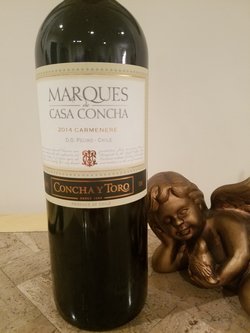 Marques de Casa Concha is an outstanding brand of Concha y Toro and is known for its fine collection of single vineyard varietals produced by noted winemaker Marcelo Papa. The grapes for the 2014 Carmenere are sourced from the celebrated Peumo vineyard, located in the Cachapoal zone of Chile’s Rapel Valley. The Carmenere grape is a member of the Cabernet family and was originally planted in the Medoc region of Bordeaux, France. It is considered part of the original six grapes of Bordeaux. The name Carmenere comes from the French word crimson. The Carmenere grape was first imported to Chile in the 19th century which now has the largest area of planted Carmenere in the world. Today, Carmenere grows chiefly in the Colchagua Valley, Rapel Valley, and Maipo Province of Chile and produces the majority of Carmenere wines. The Marques de Casa Concha 2014 Carmenere is a medium -bodied wine made with a blend of 88% Carmenere and 12% Cabernet Sauvignon. The color is an intense dark red with hints of light purple on the rim. The aromas of dark fruit, cherry, spice and a touch of floral are very inviting. The palate offers an amazing rush of black pepper that is immediately infused with layers of plum, dark fruit, essence of oak (from 16 months in French oak), dark chocolate and hints of vanilla and spice on the finish. Soft tannins, velvety mouthfeel and beautifully balanced, this is a wine that speaks. Alcohol: 14% SRP: $25 Although I paired this wine with a hearty soup, it would certainly complement meat, game and fish entrees such as tuna and swordfish. Try some Manchego or Brie cheese with this wine. Trust me, it’s an interesting combo! My guest was happy that I saved some wine to serve with the soup!
Have a great Wine Wednesday! Cheers! Penina |
Categories
All
|

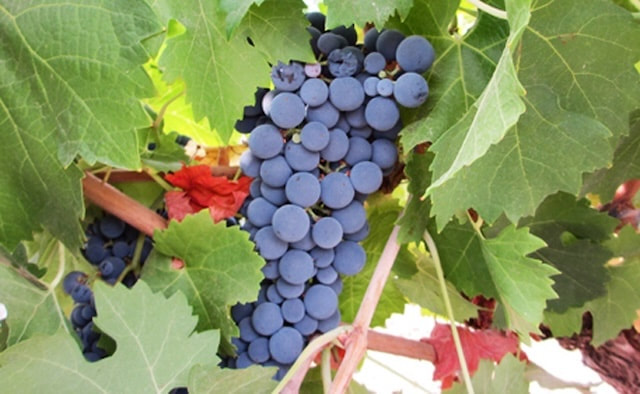
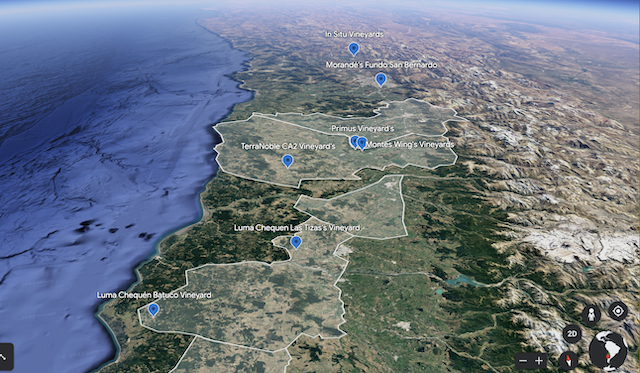
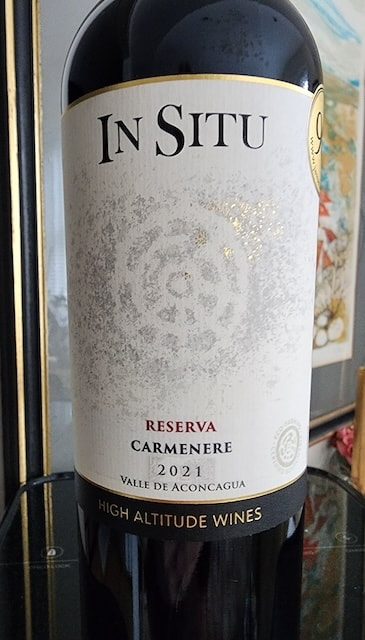
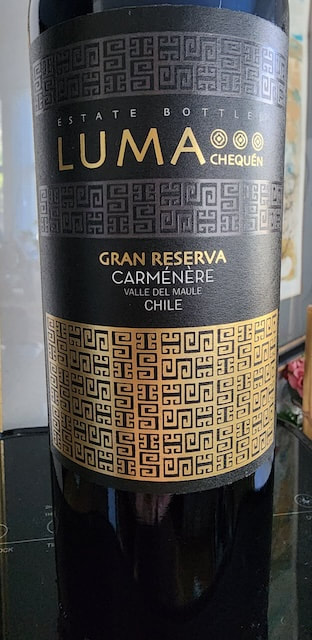
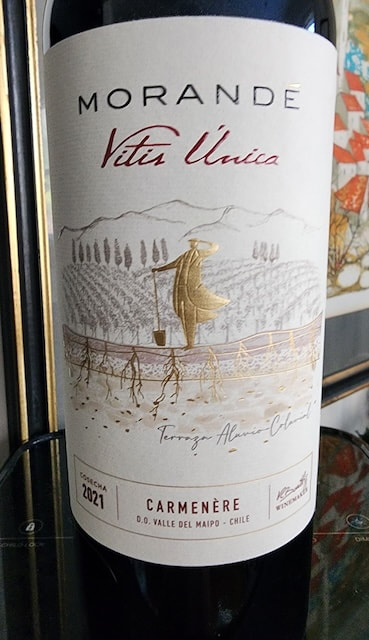
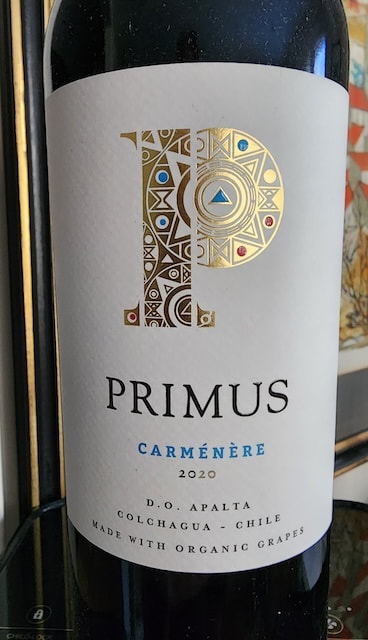
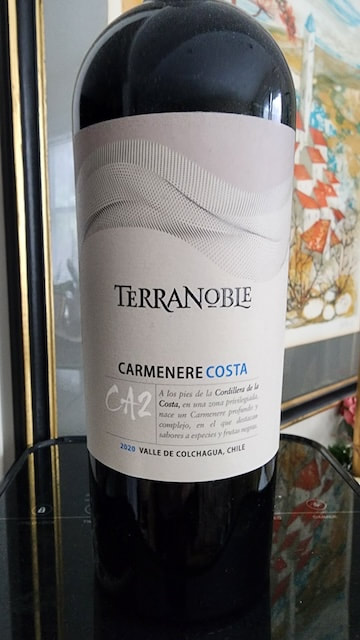
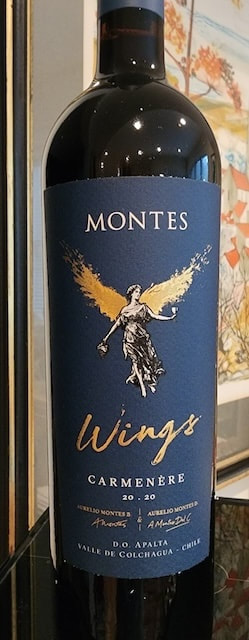
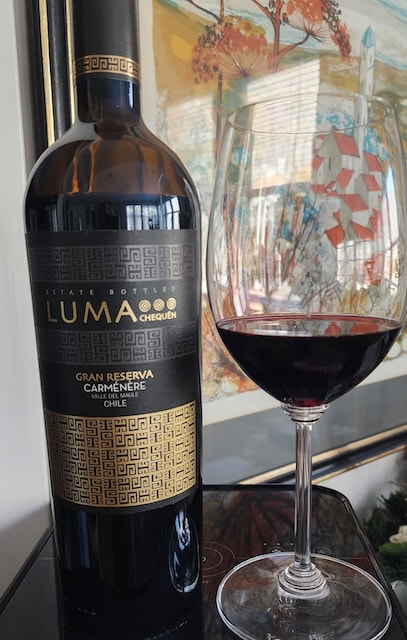
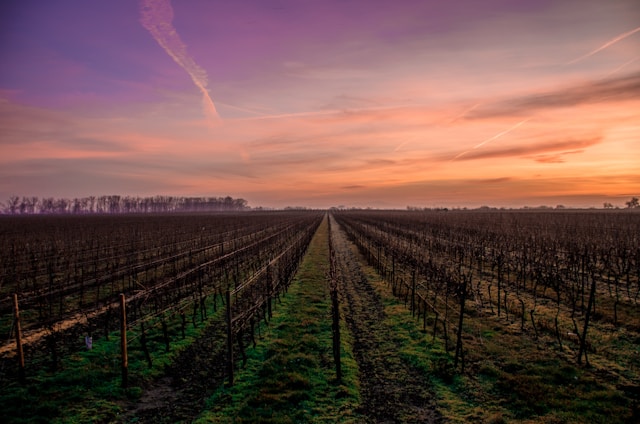
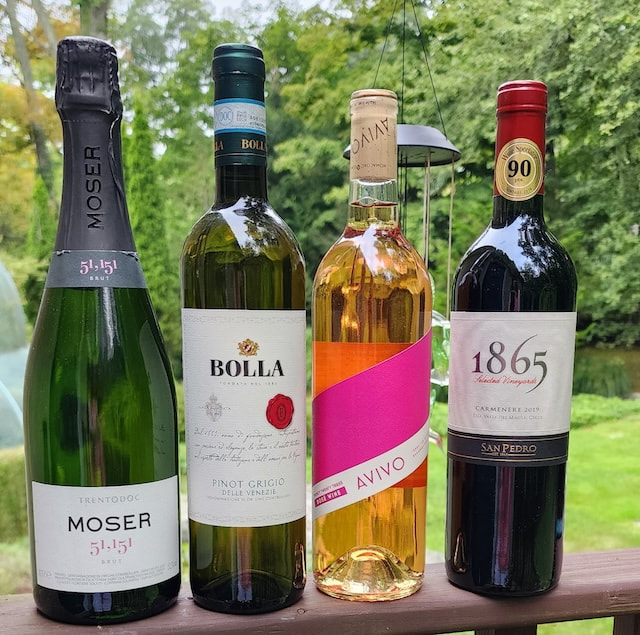
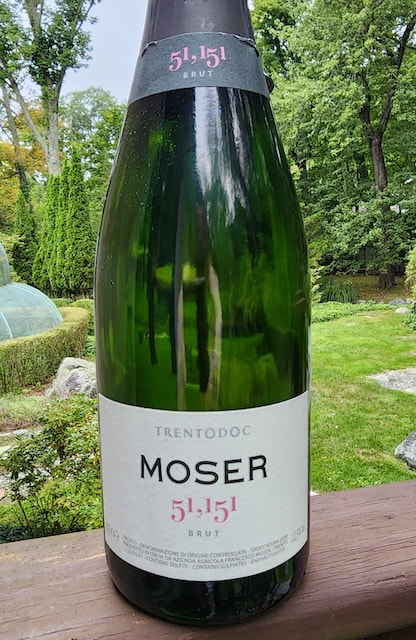
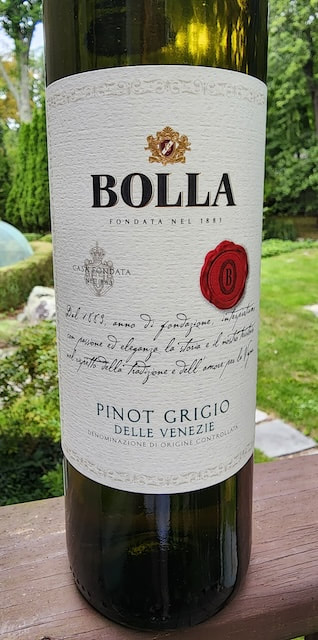
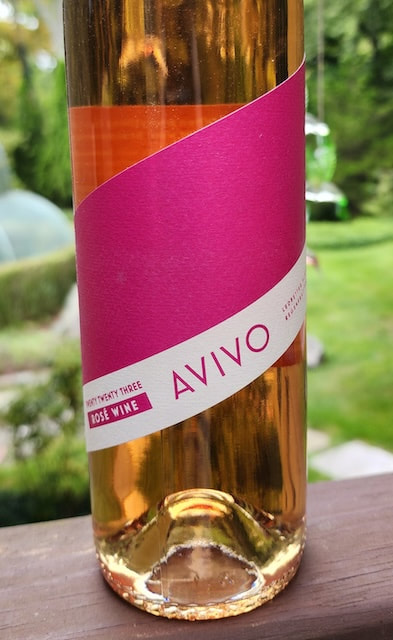
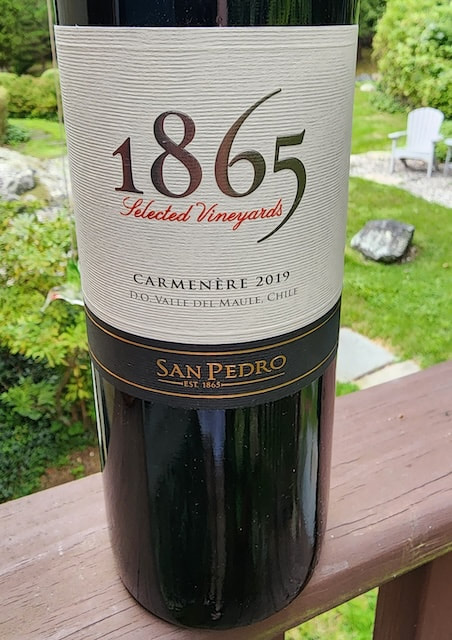
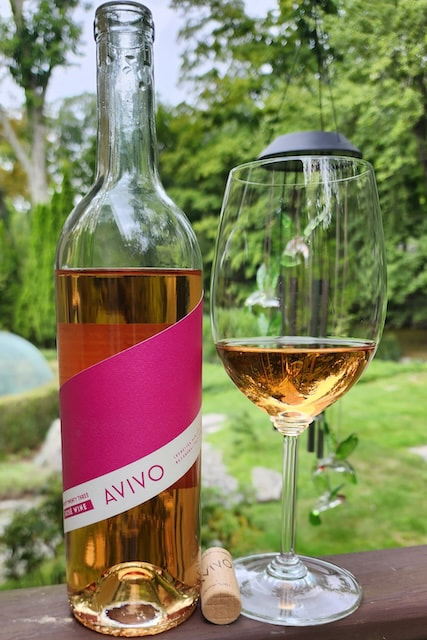

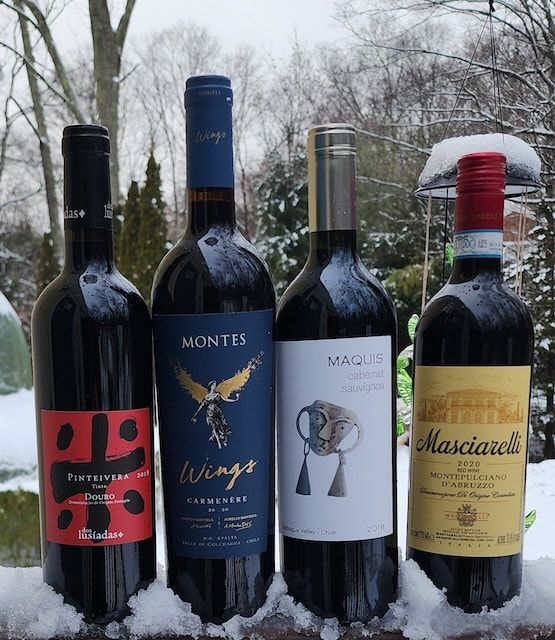
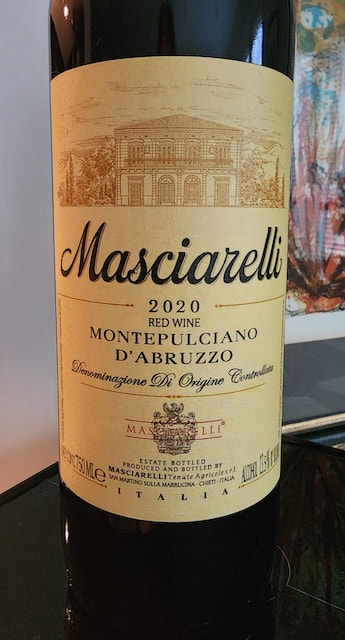
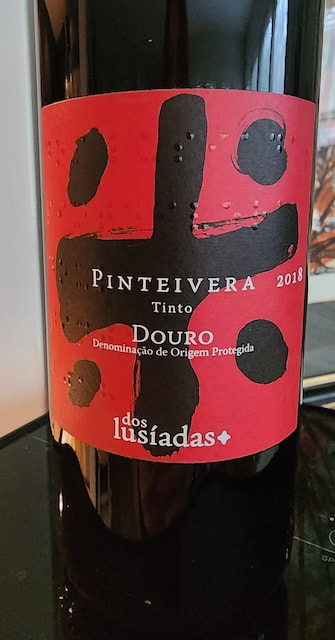
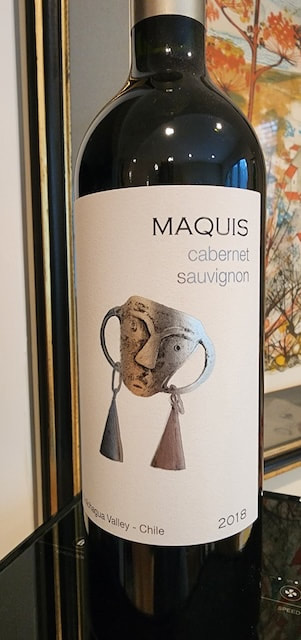
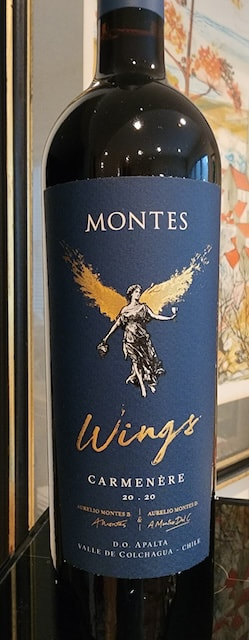
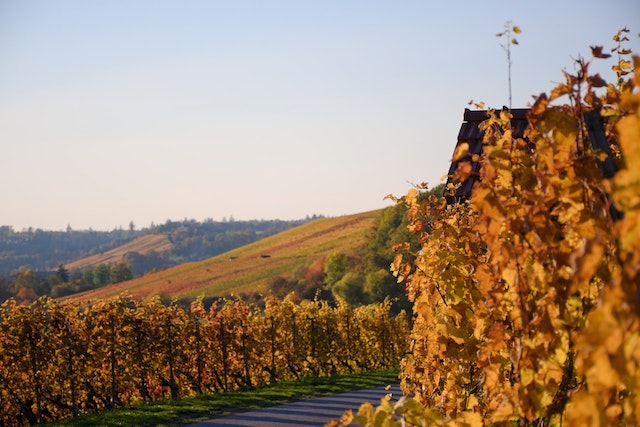
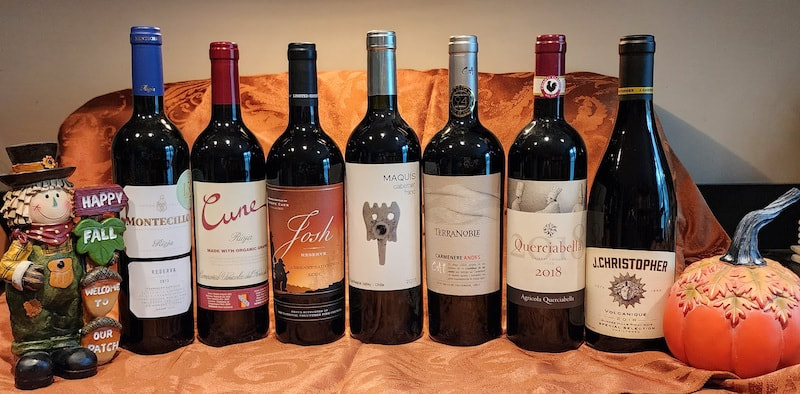
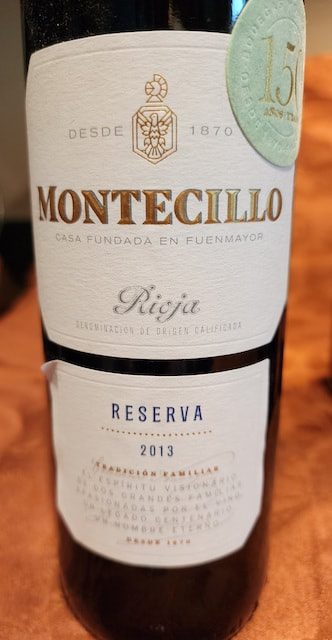
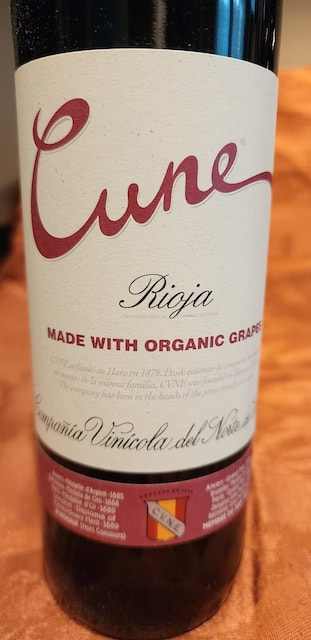
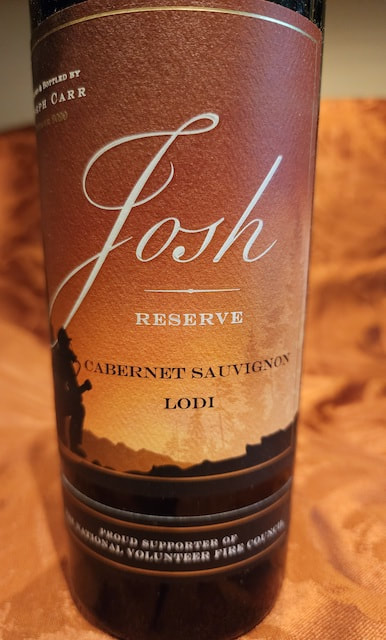
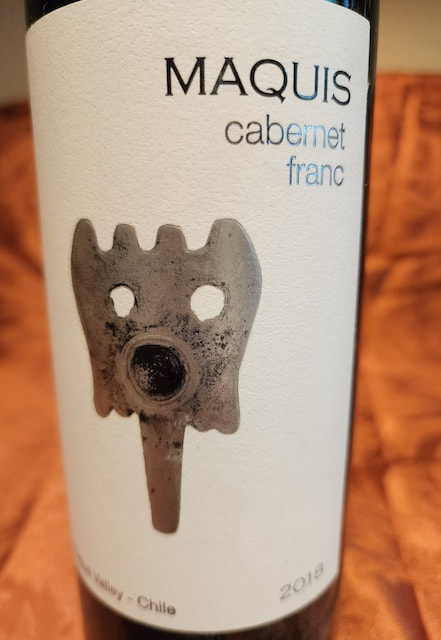
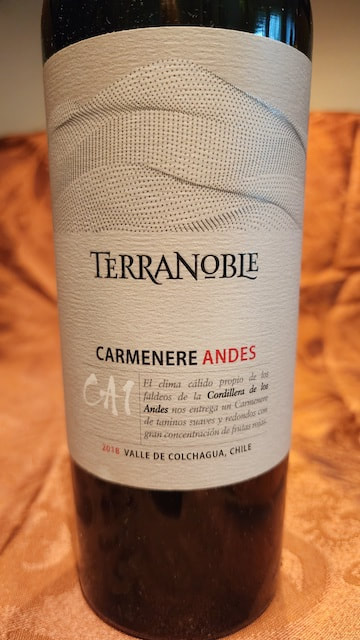
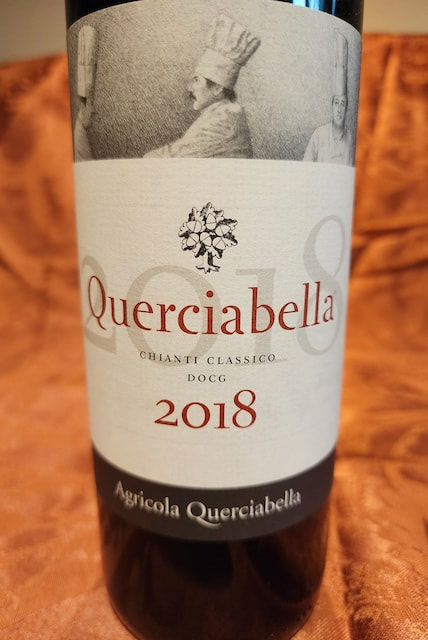
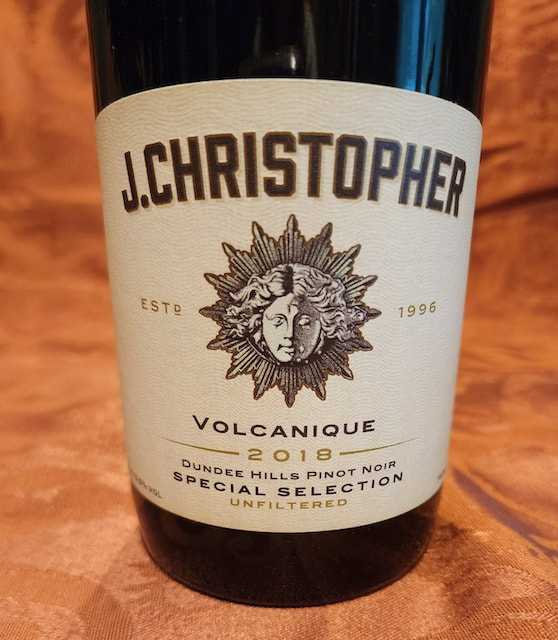
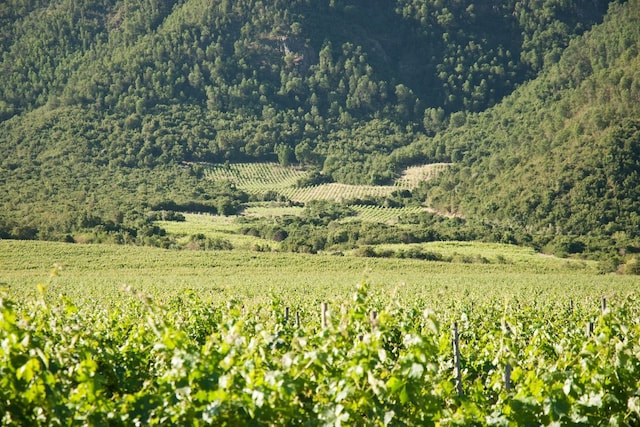
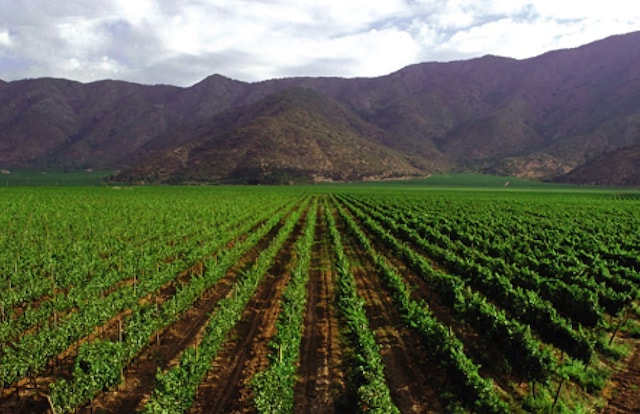
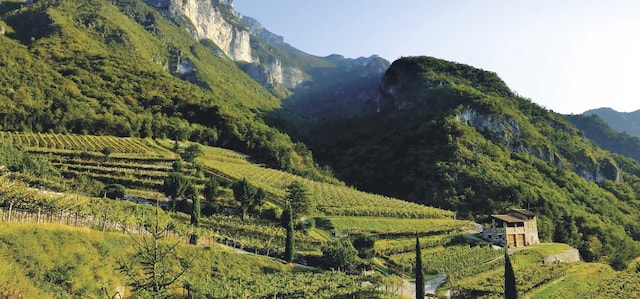

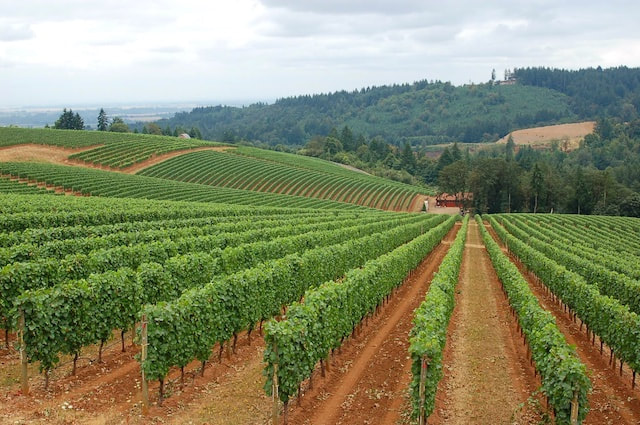
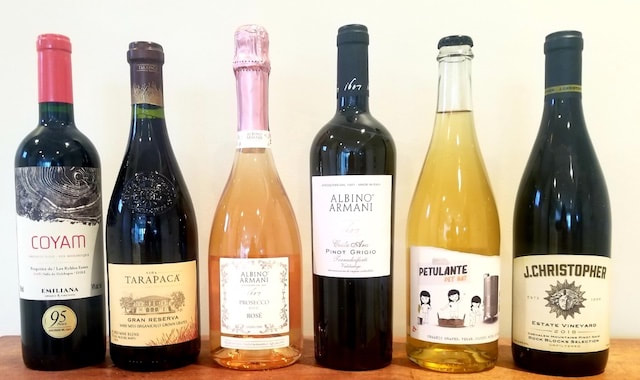
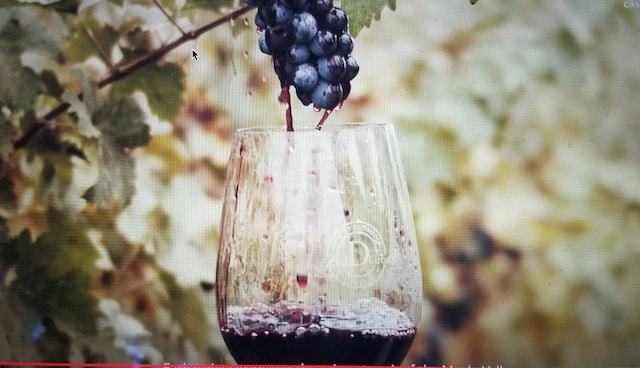
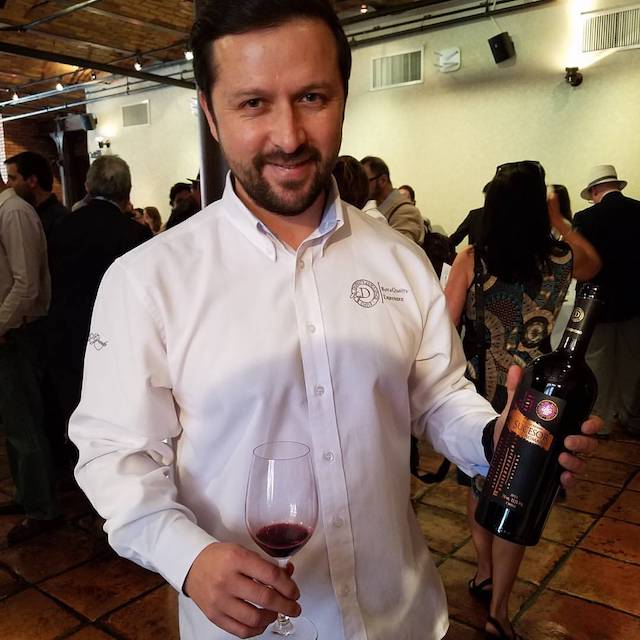
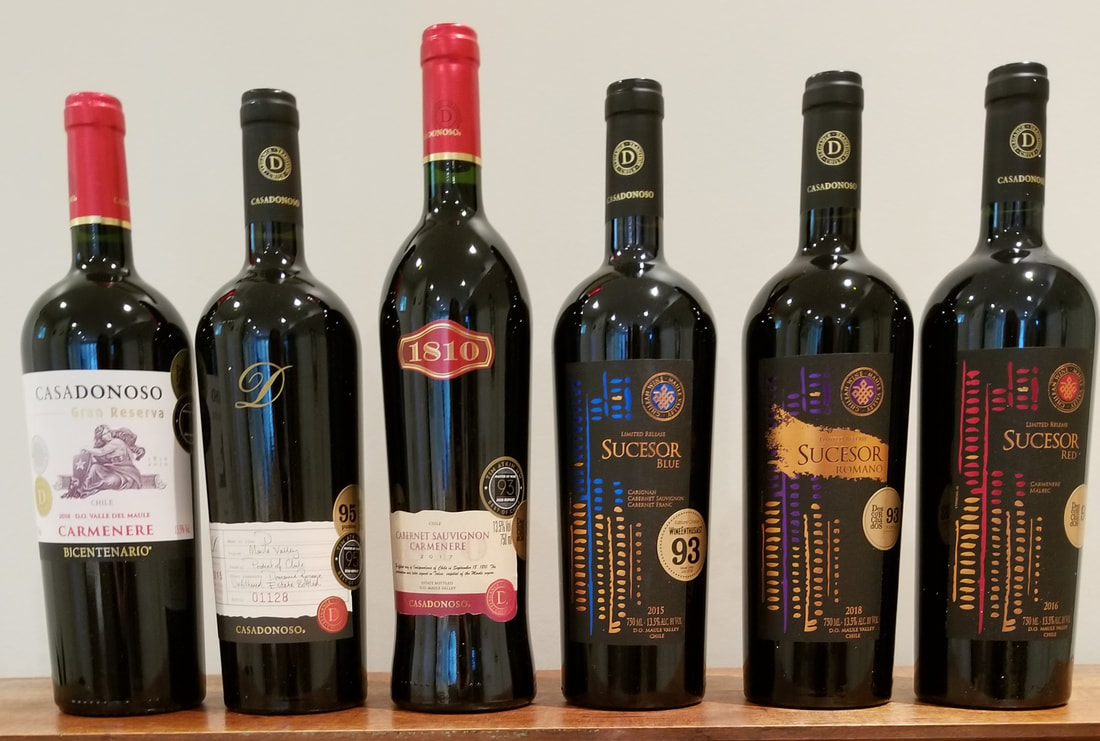
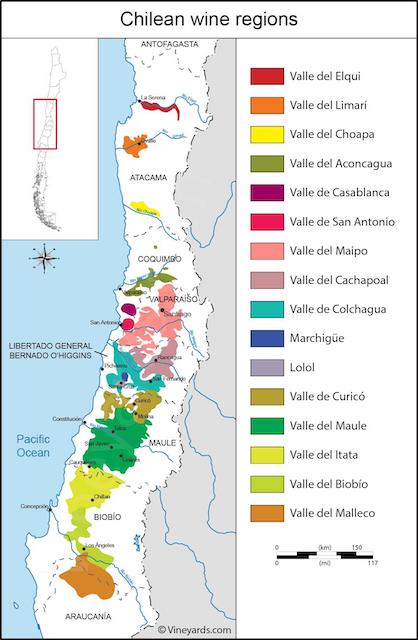
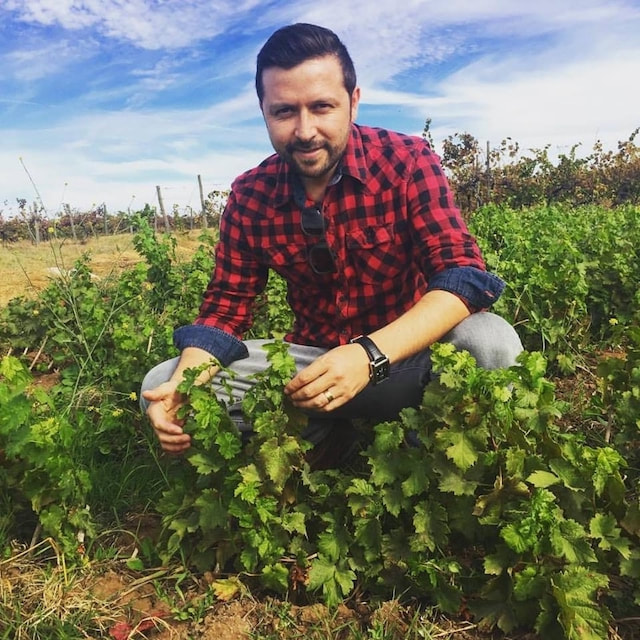
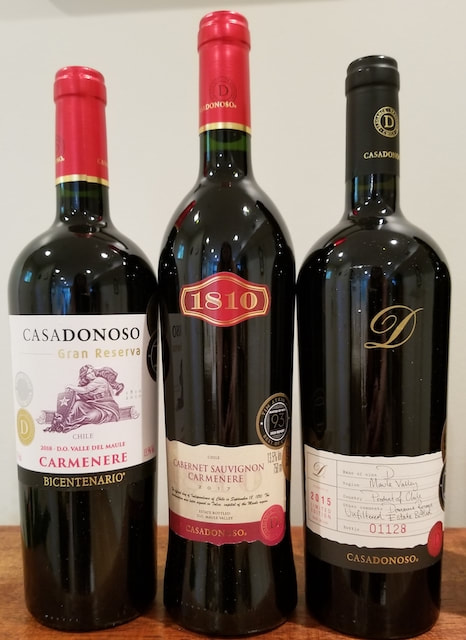
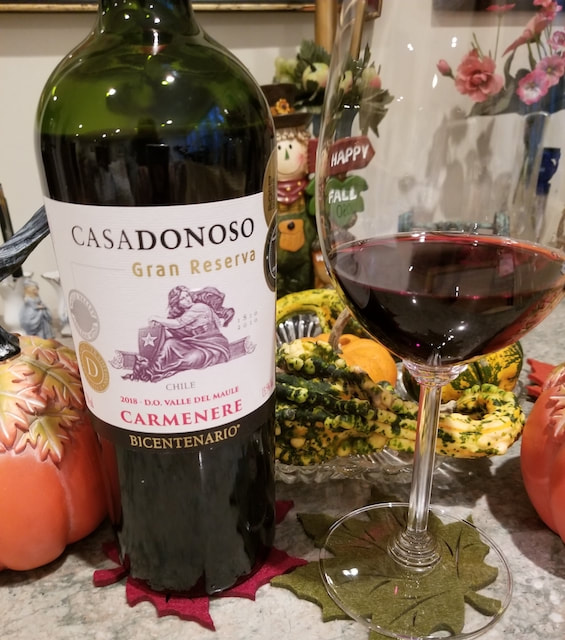
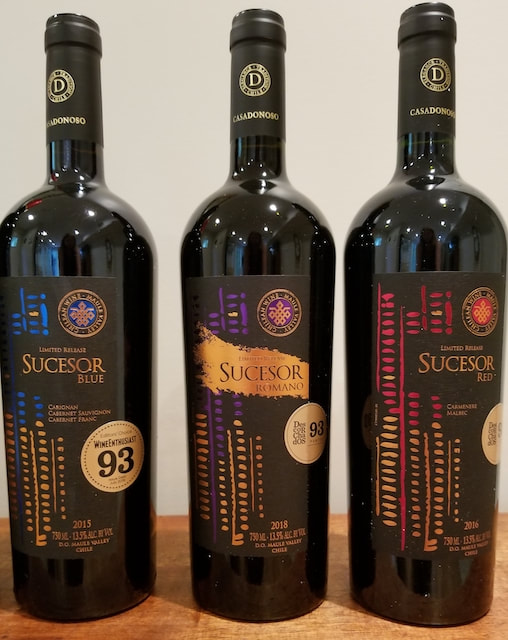
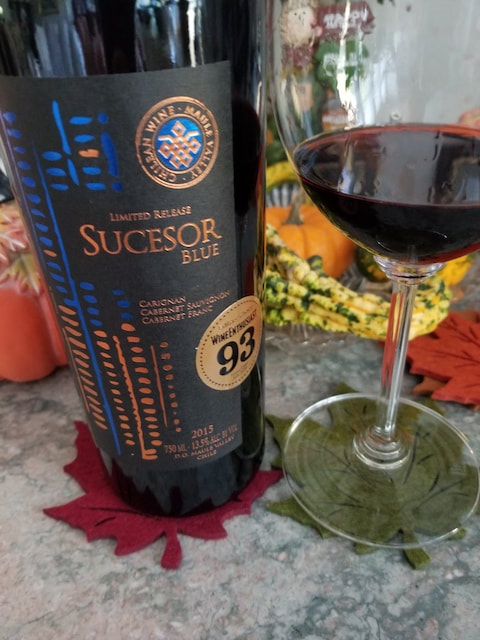
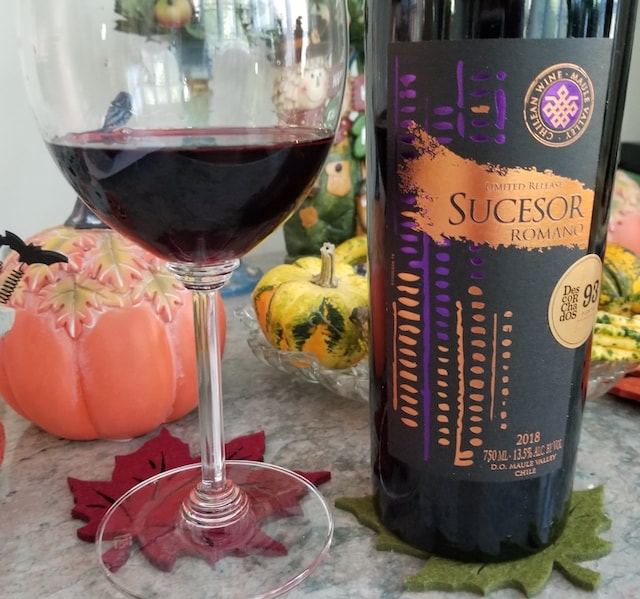
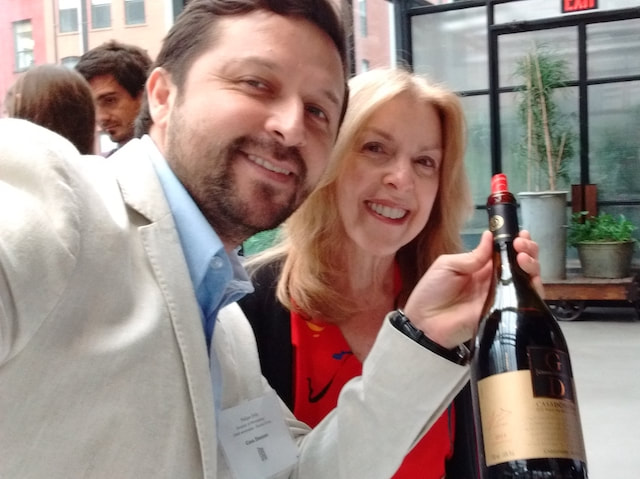
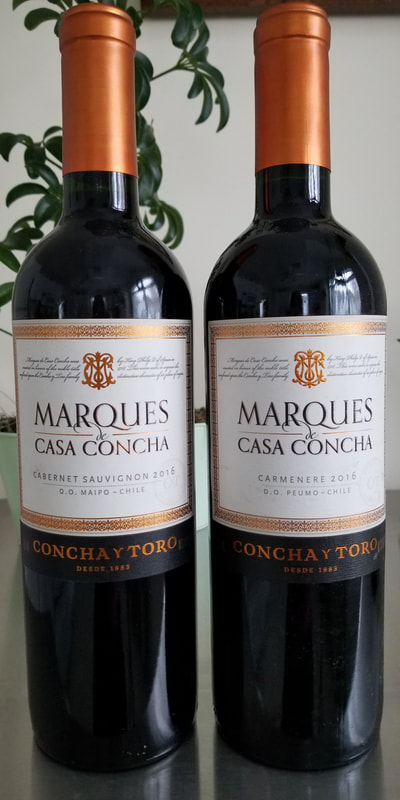
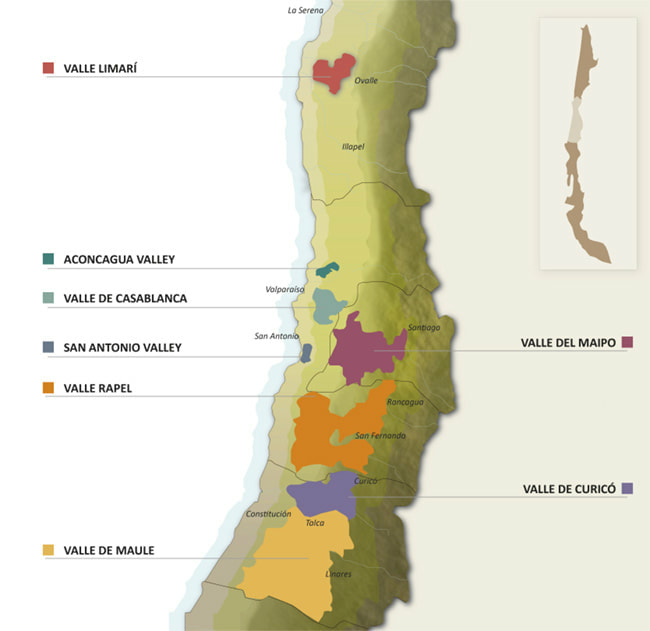
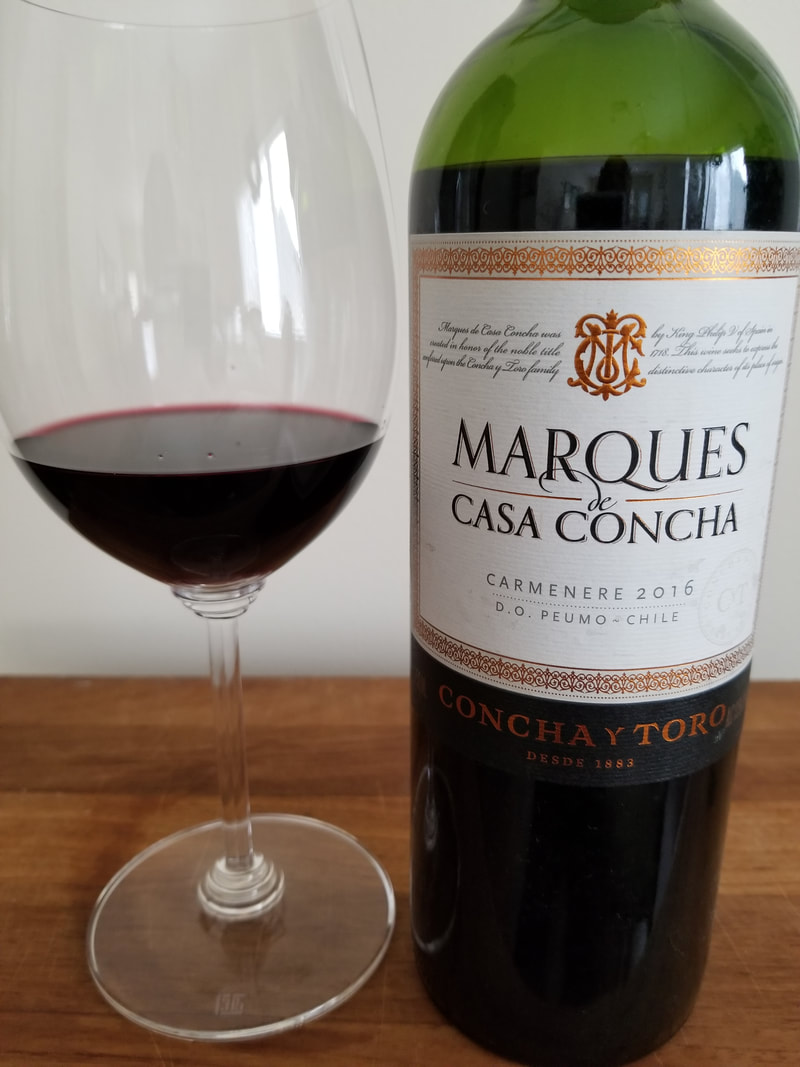
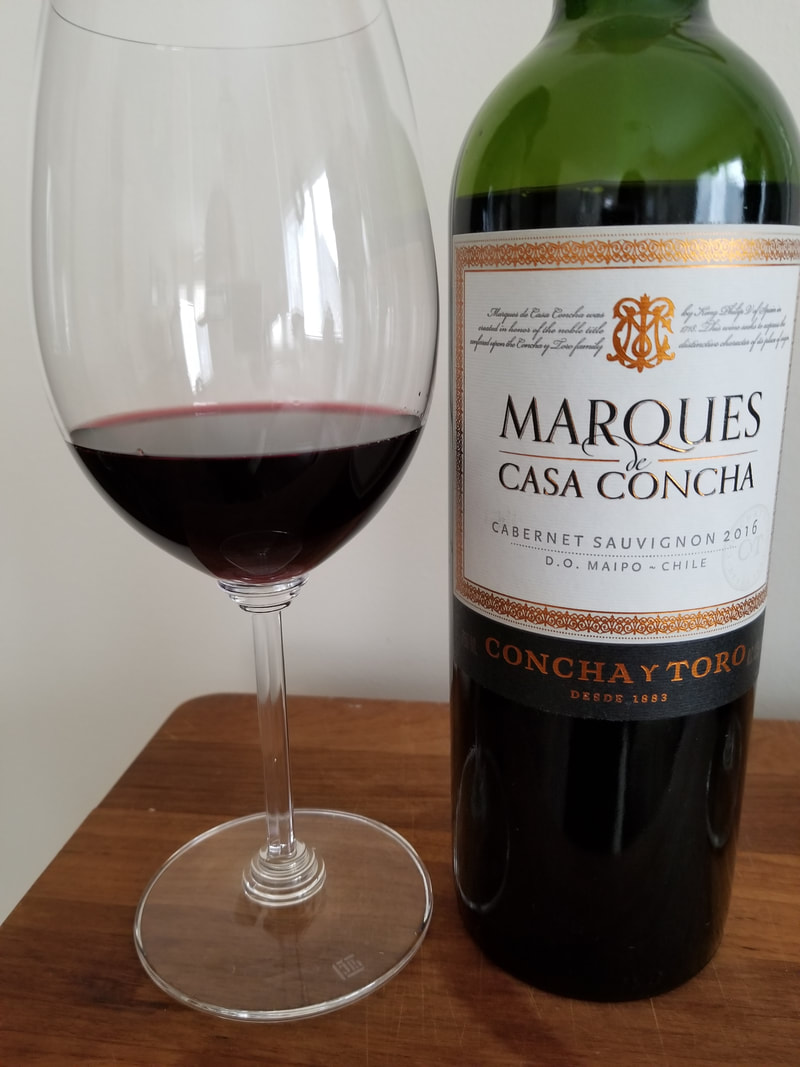
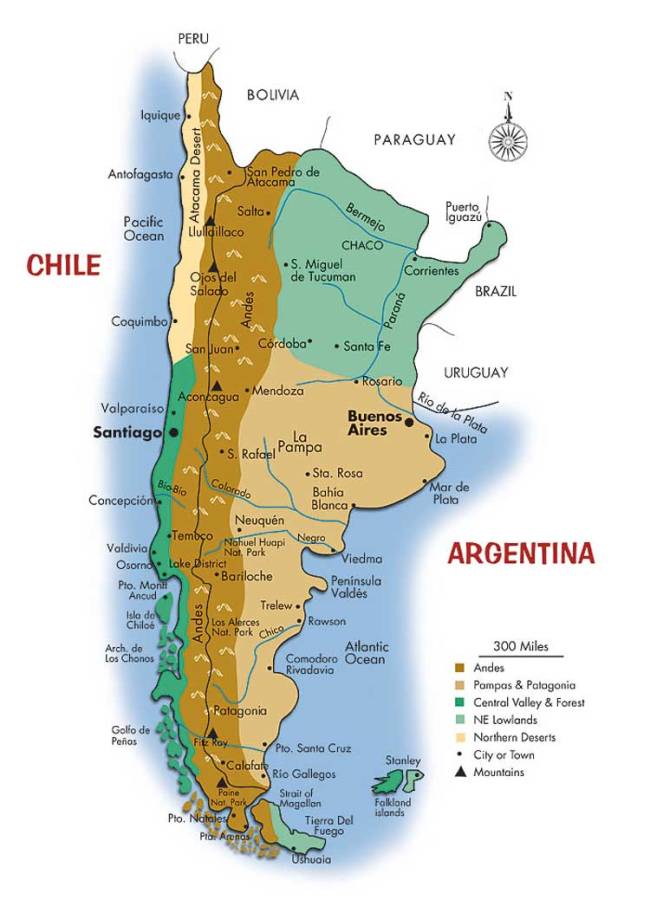
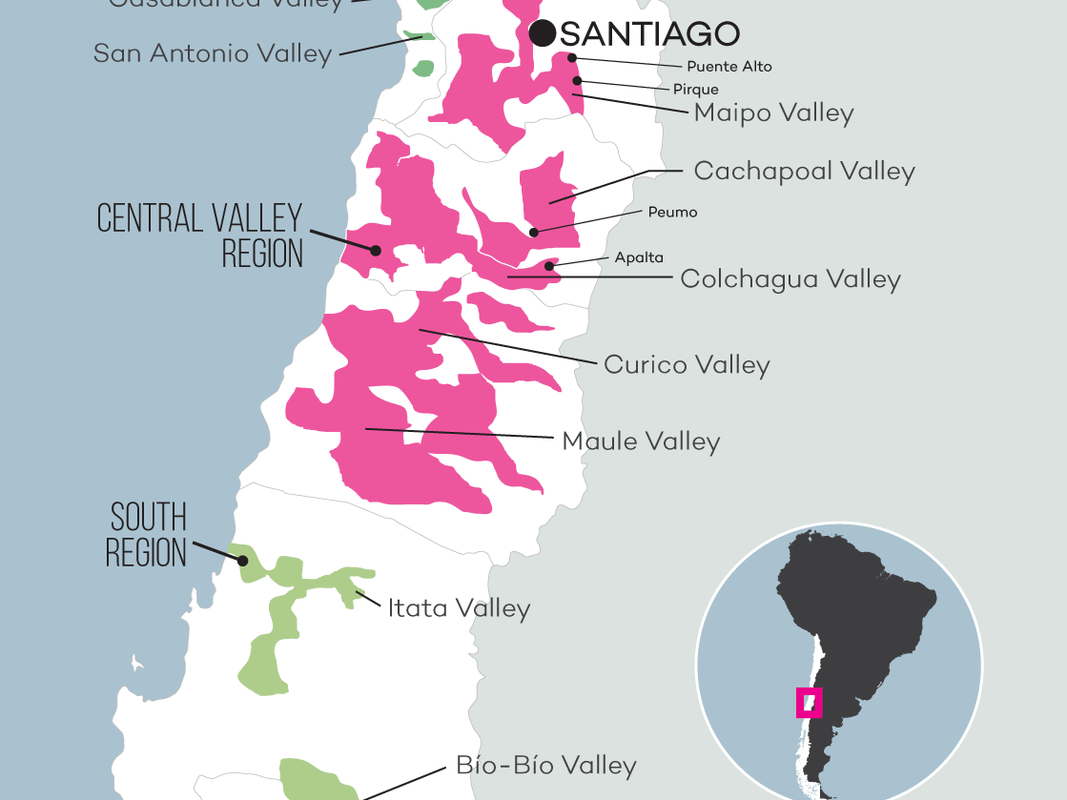
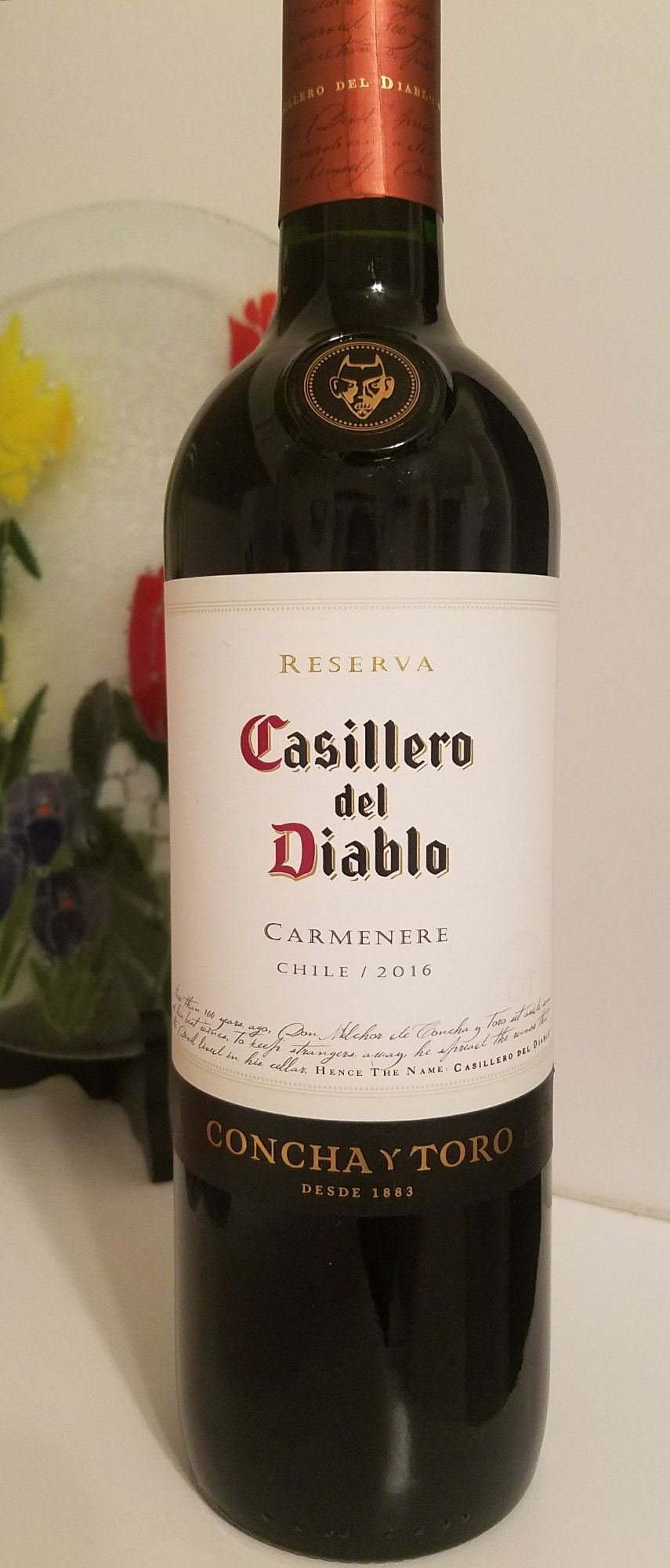
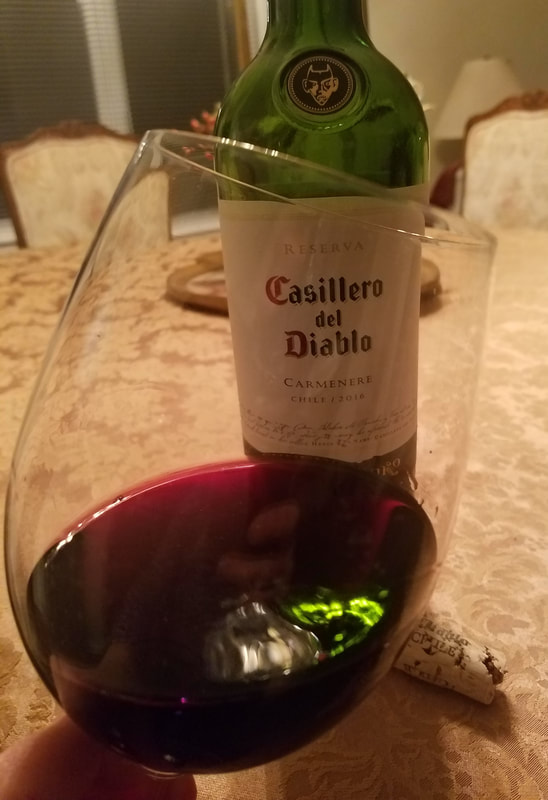
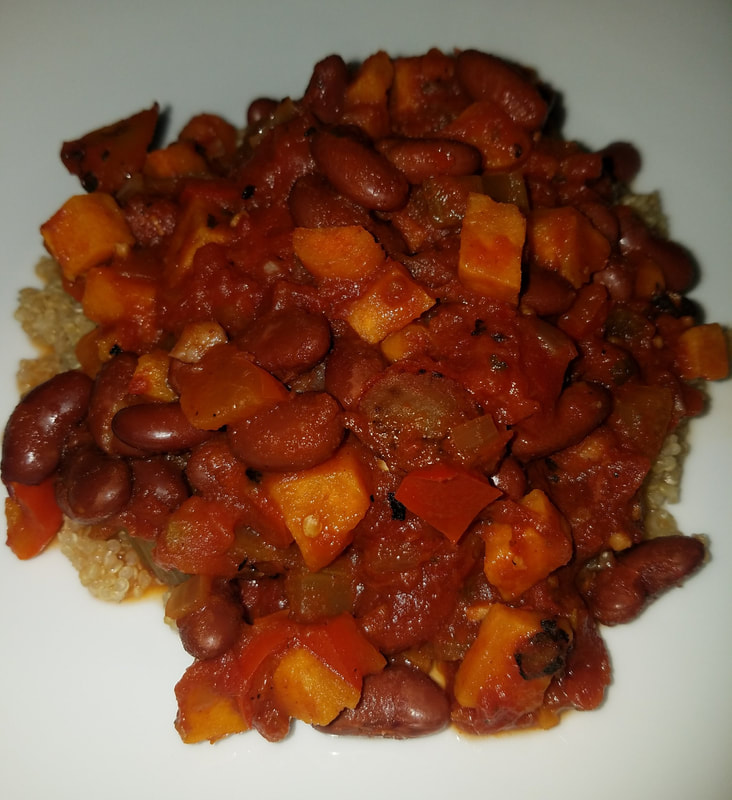
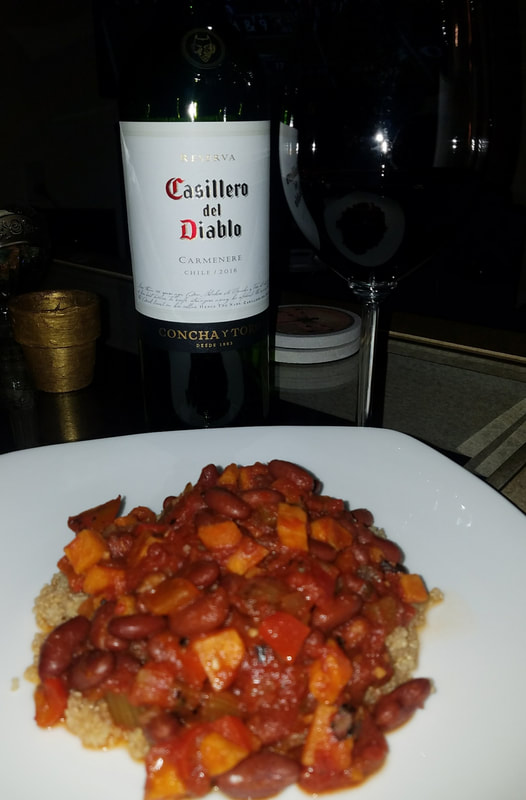
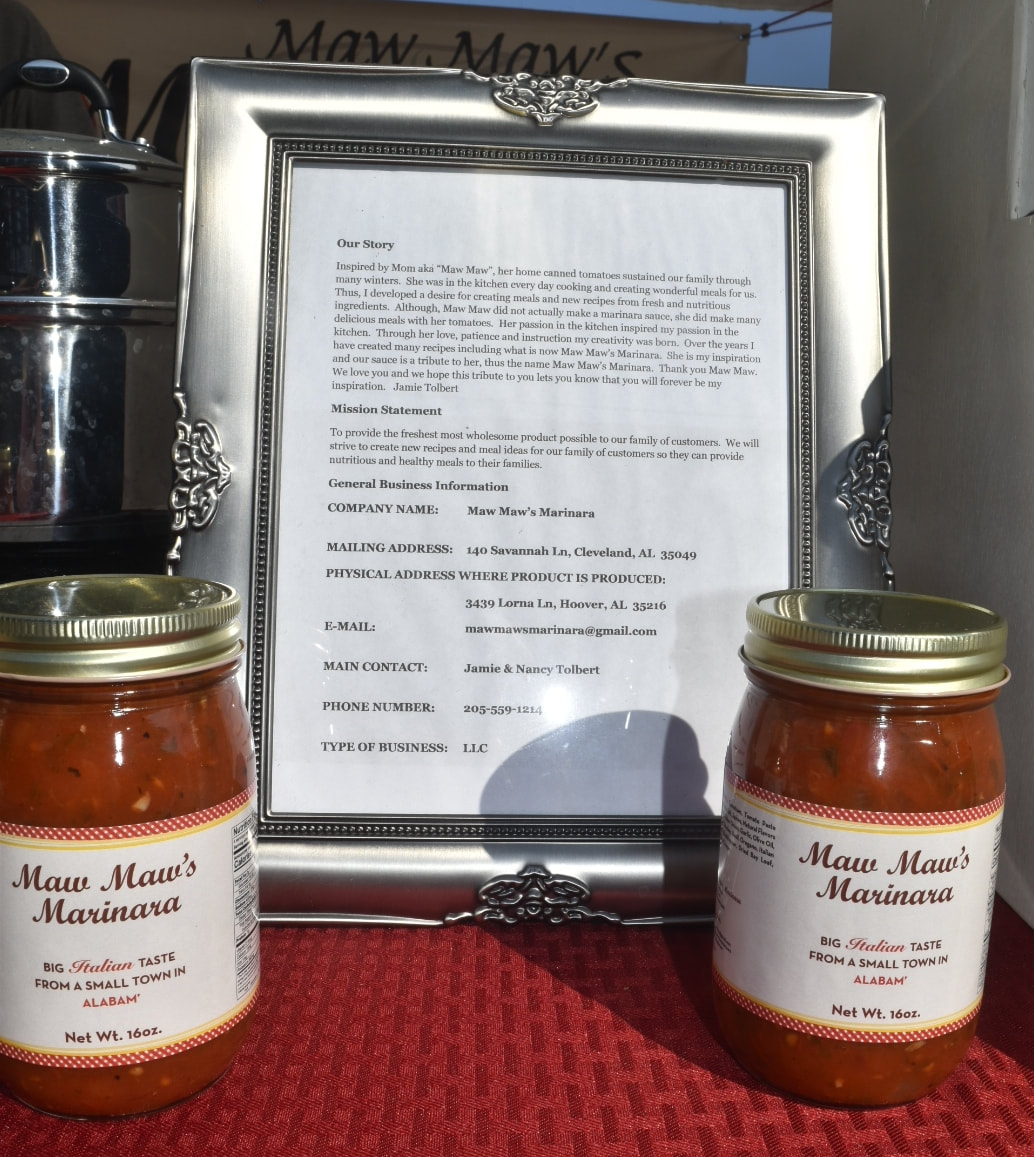
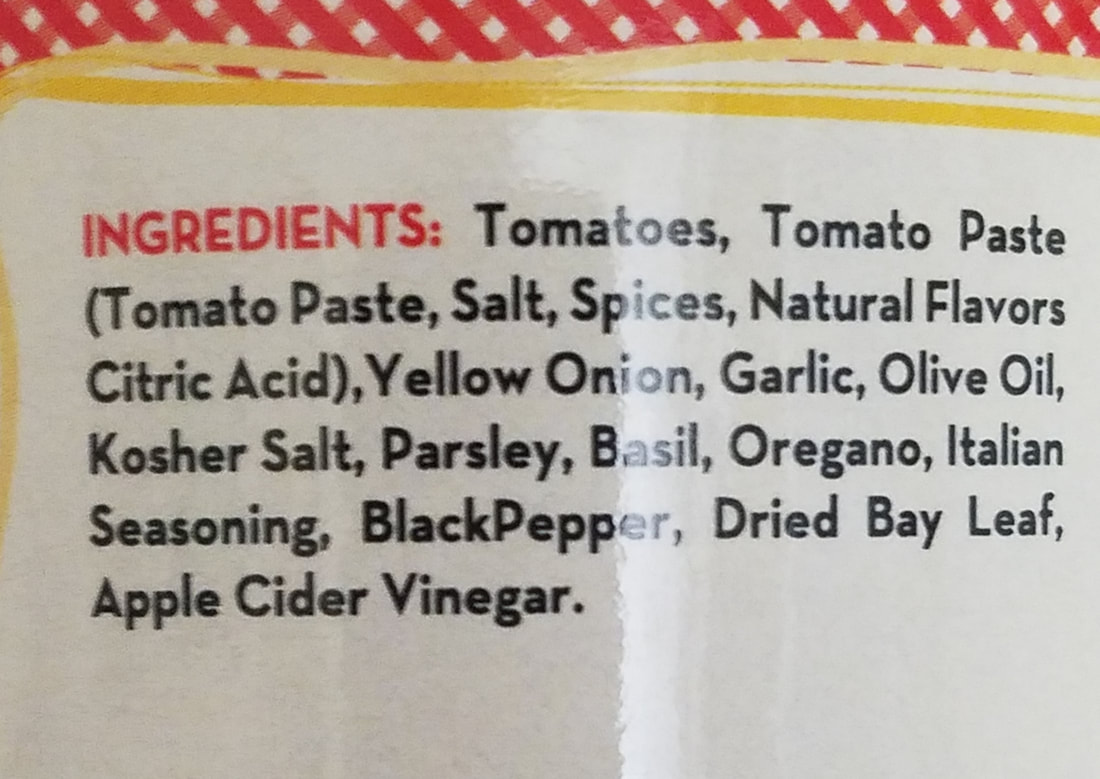
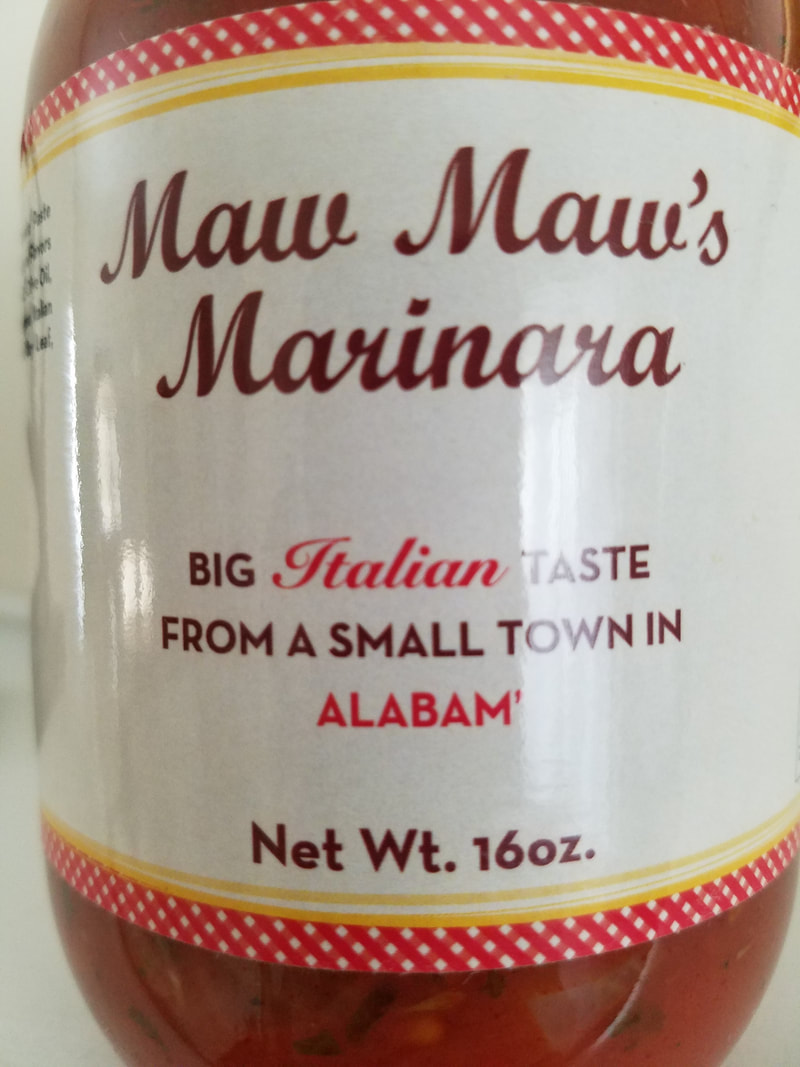
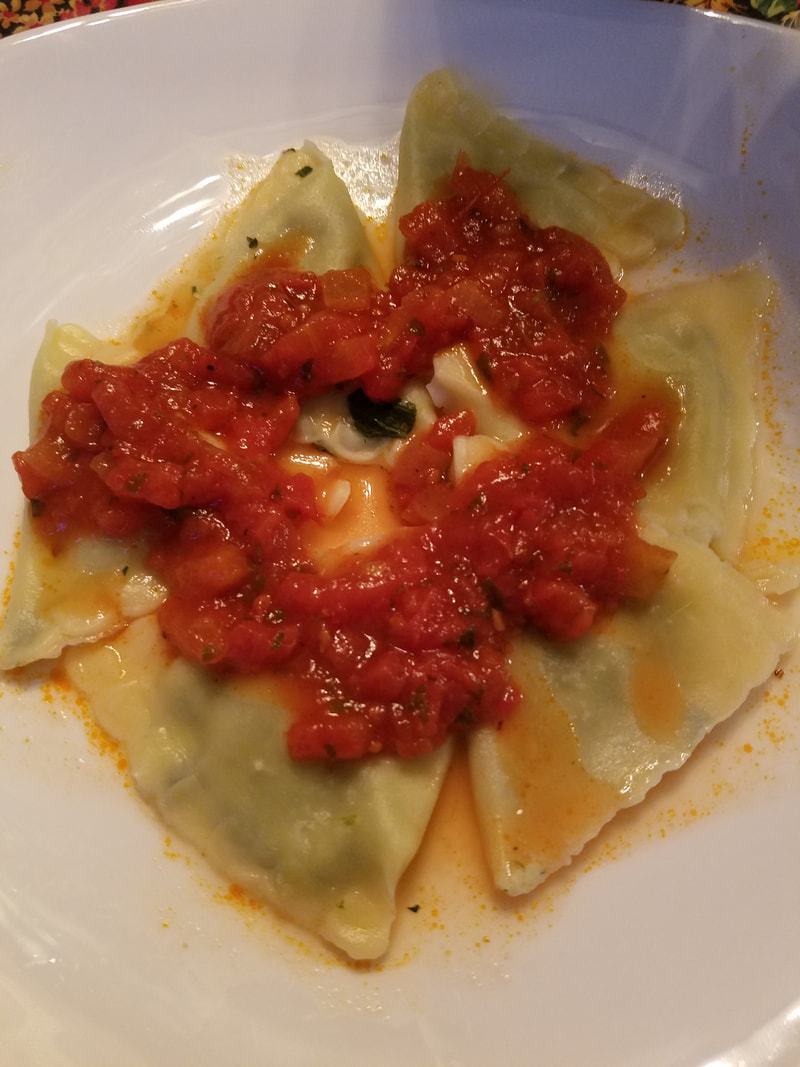
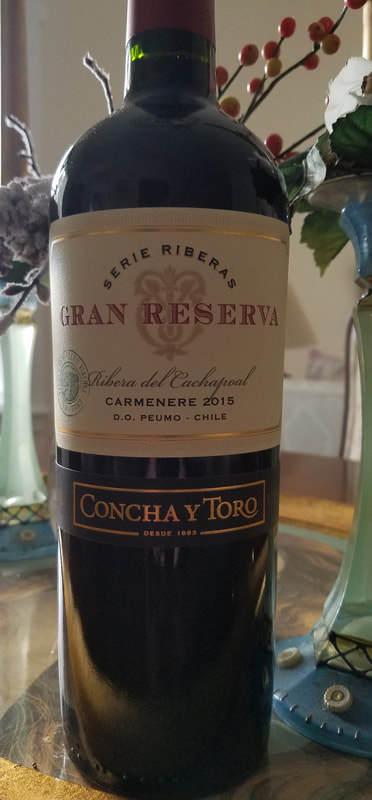
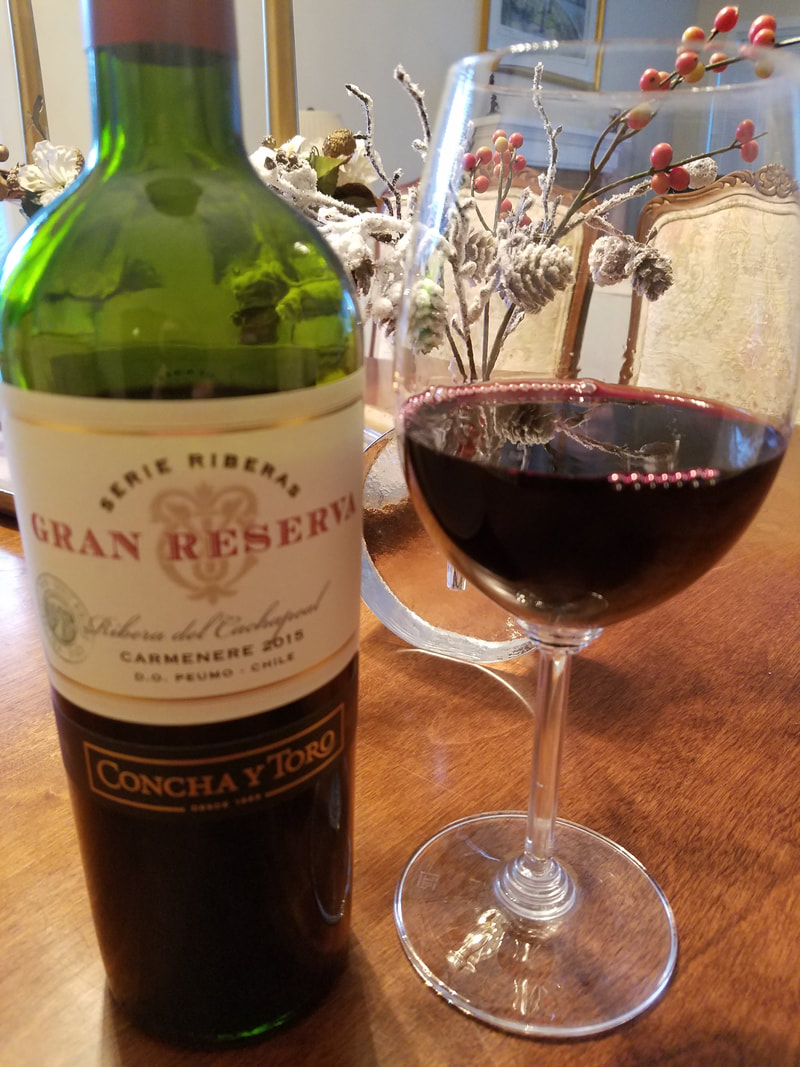
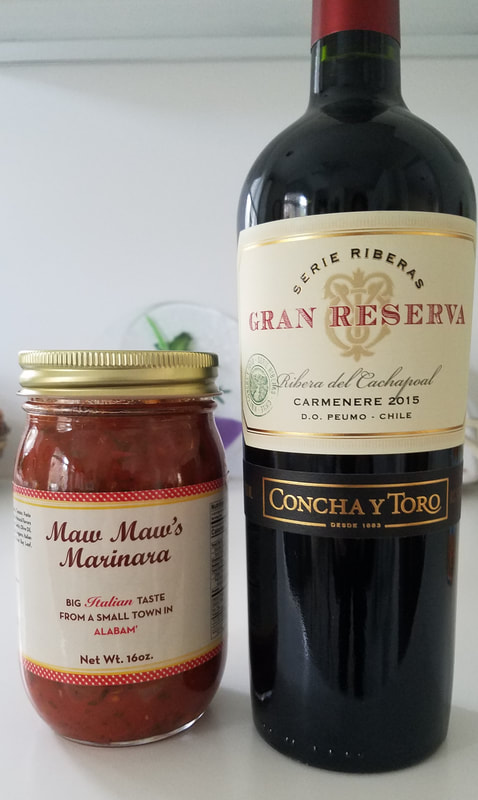
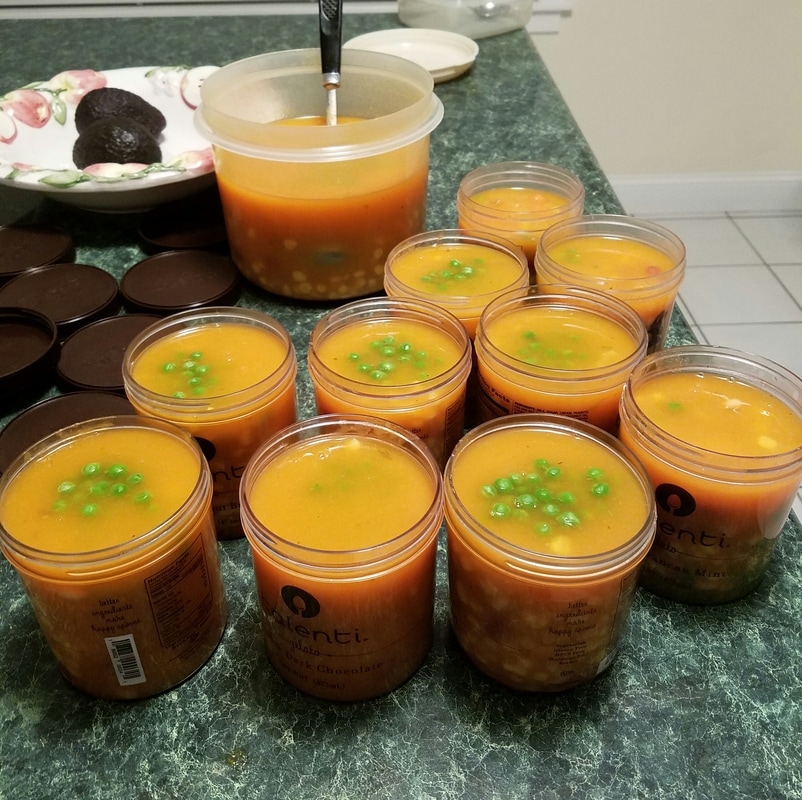
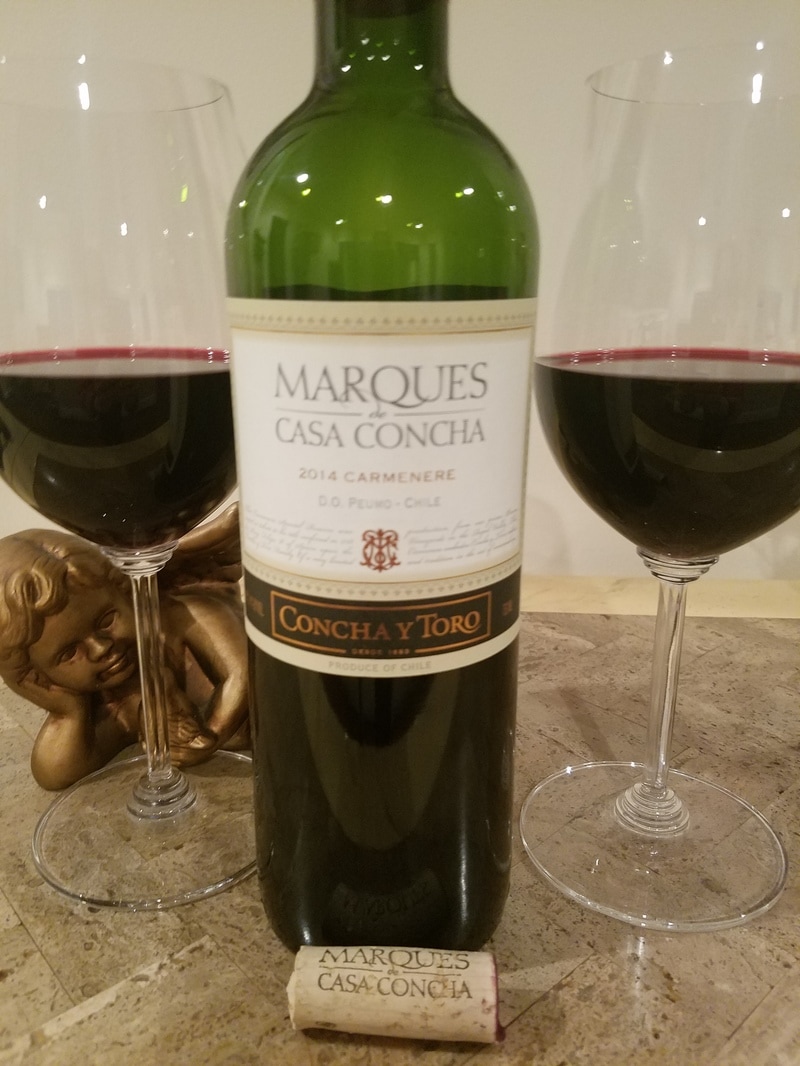
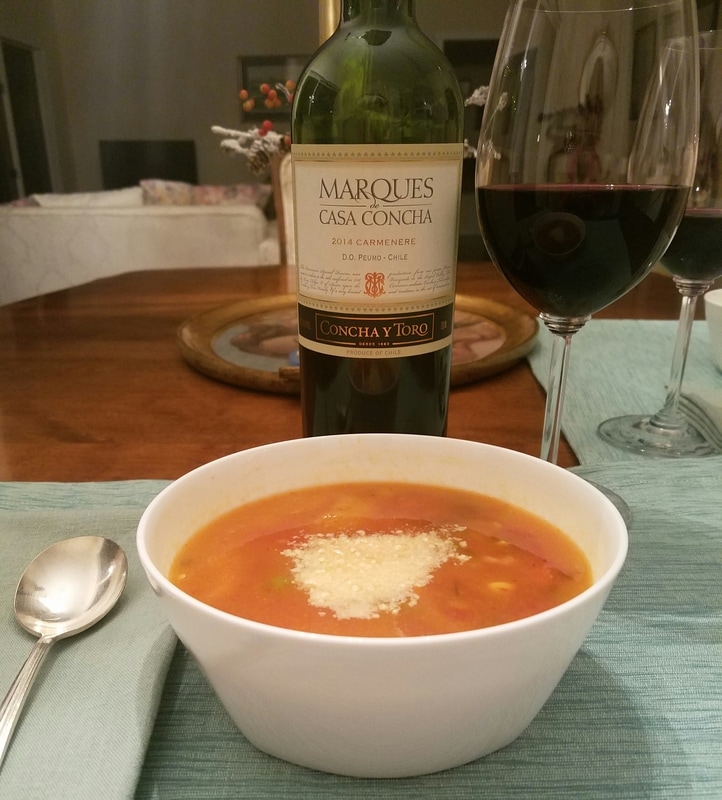
 RSS Feed
RSS Feed